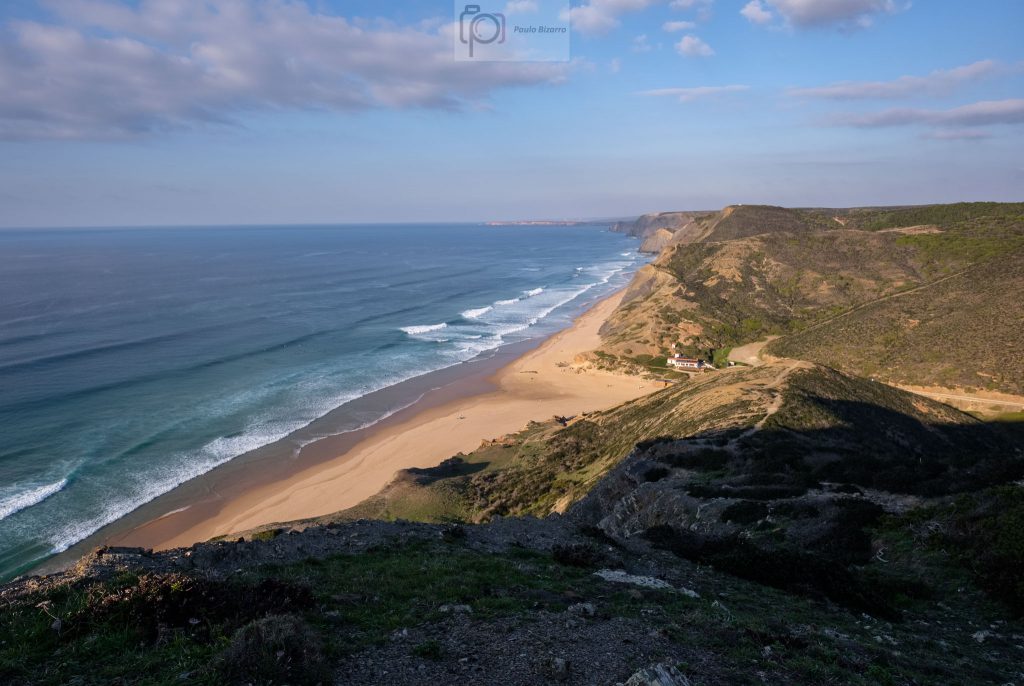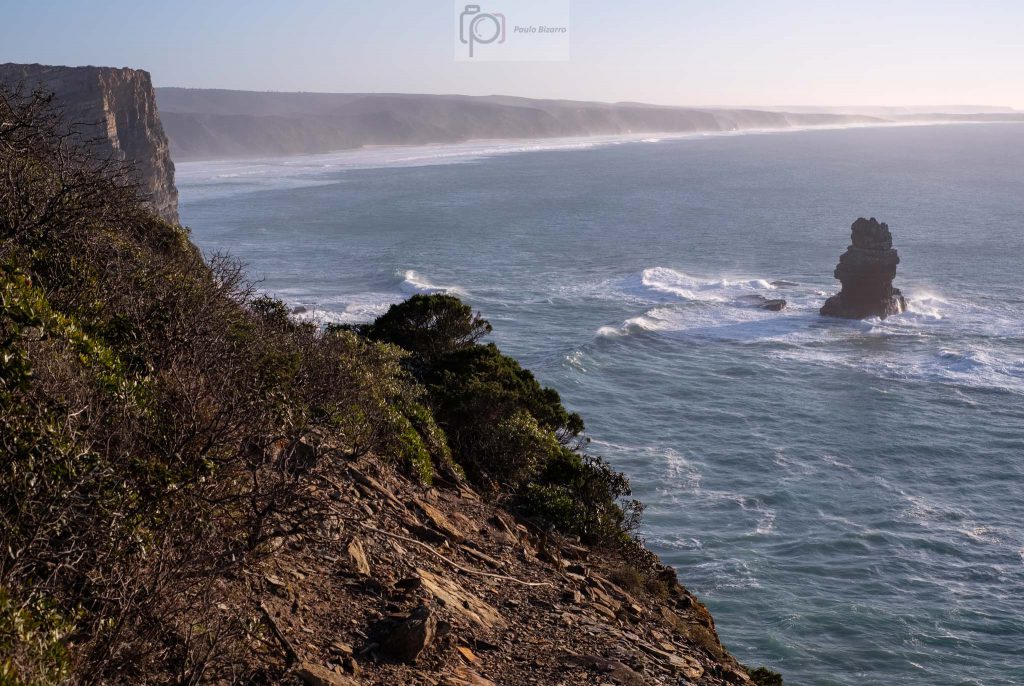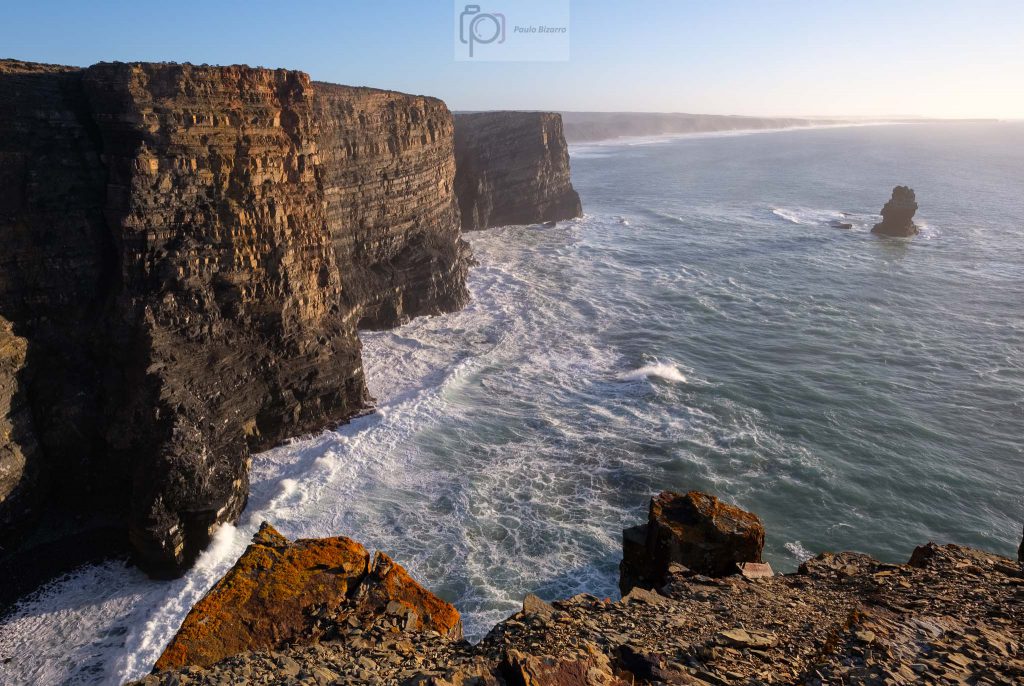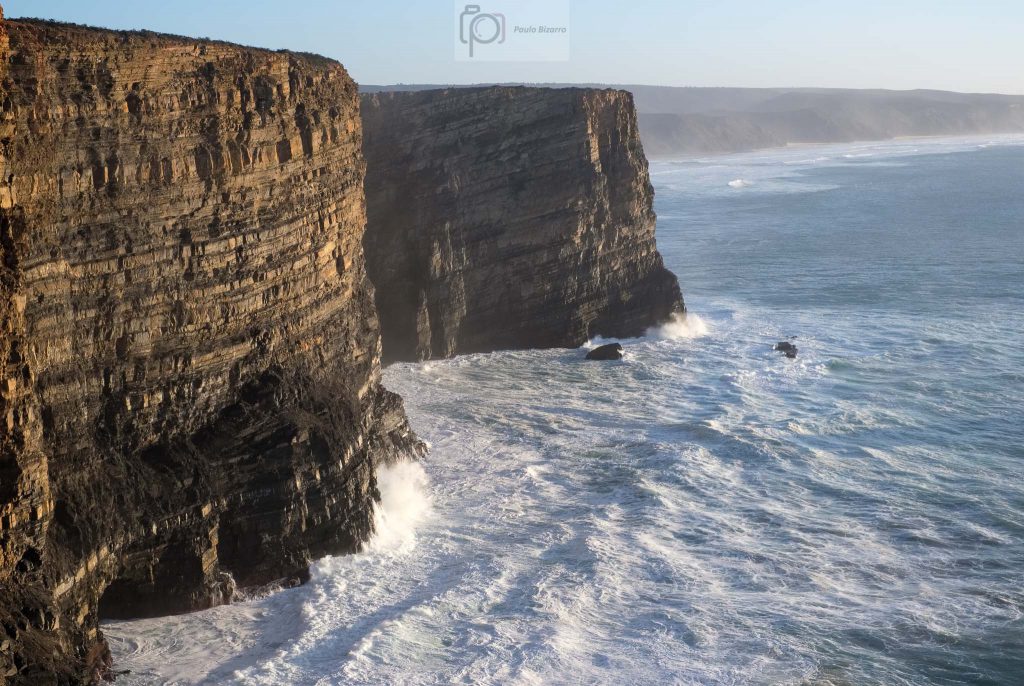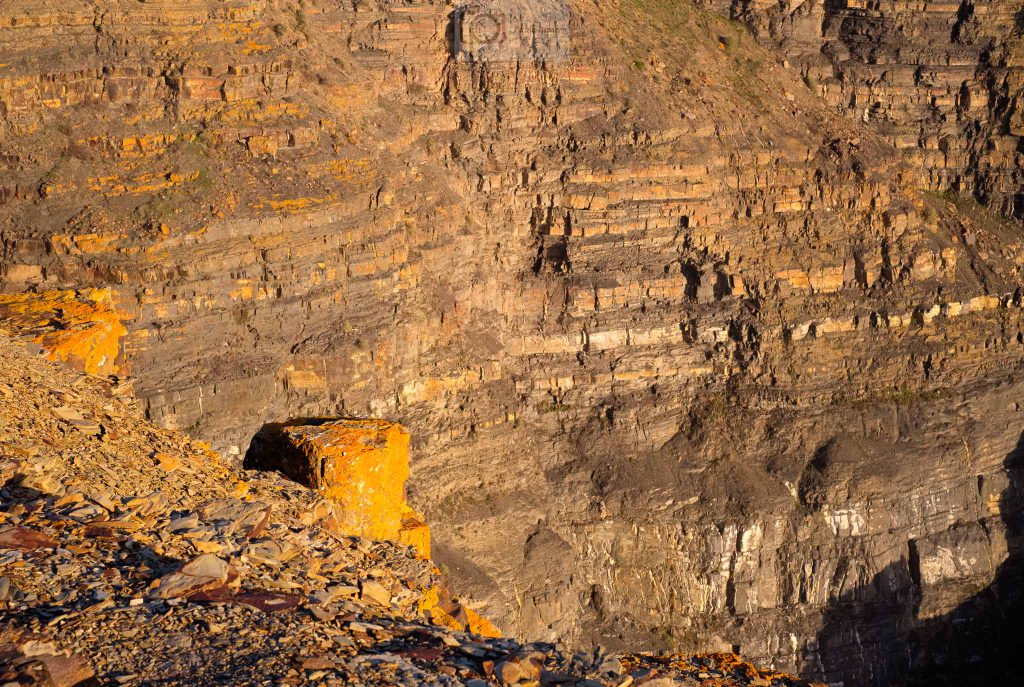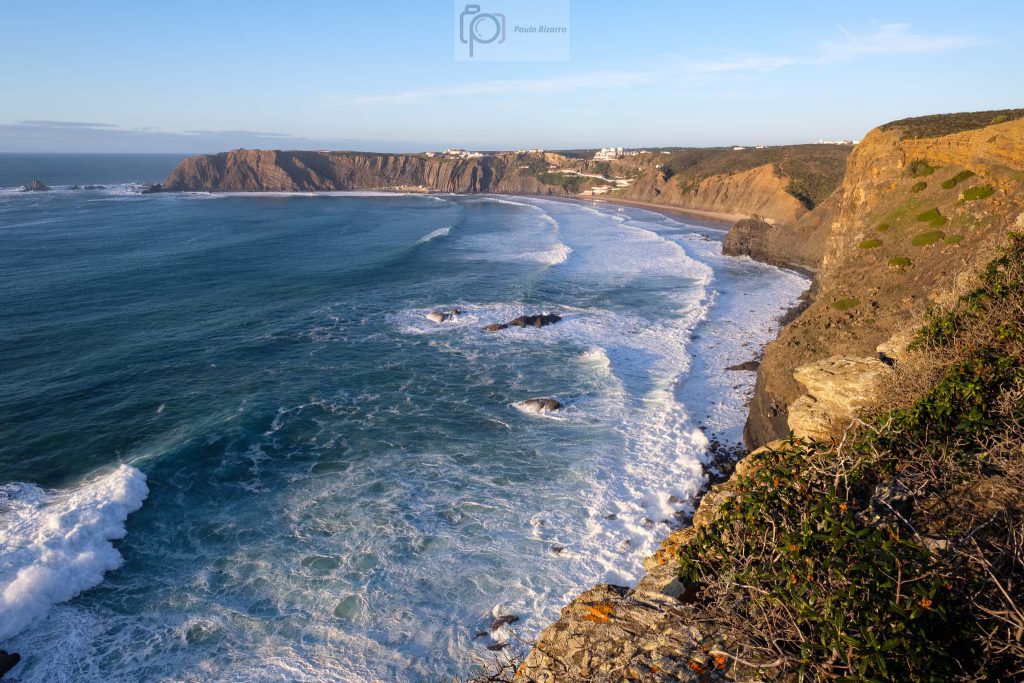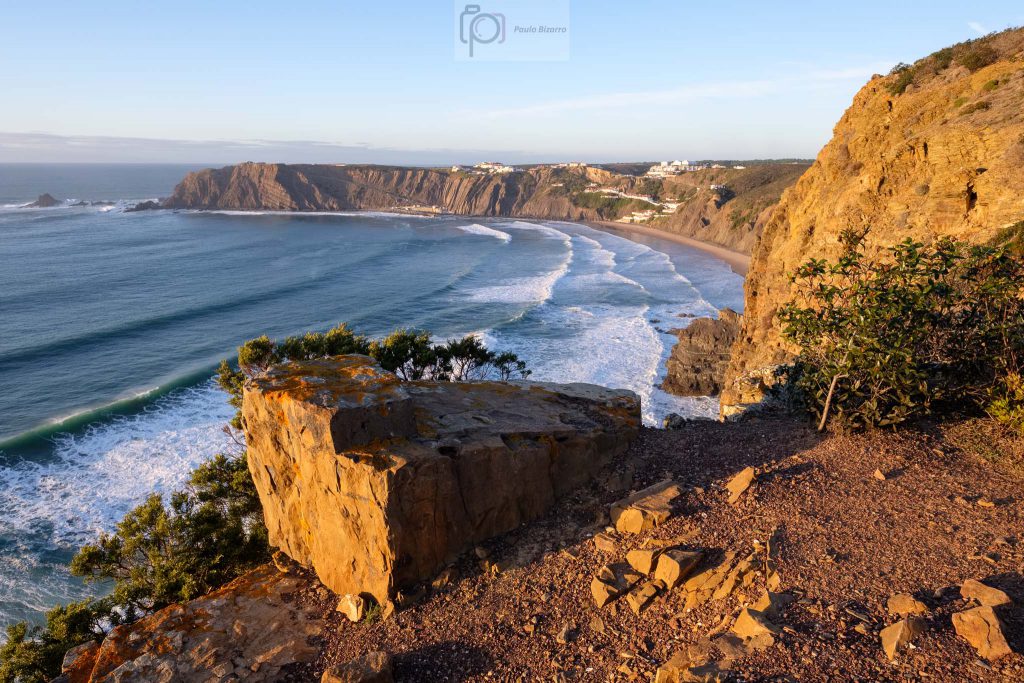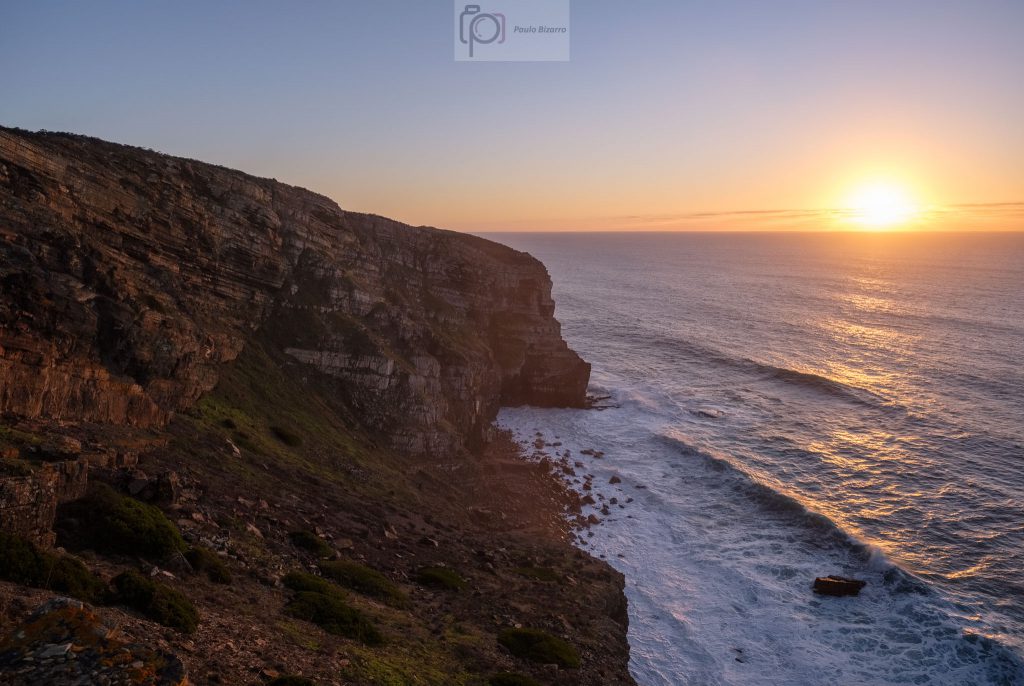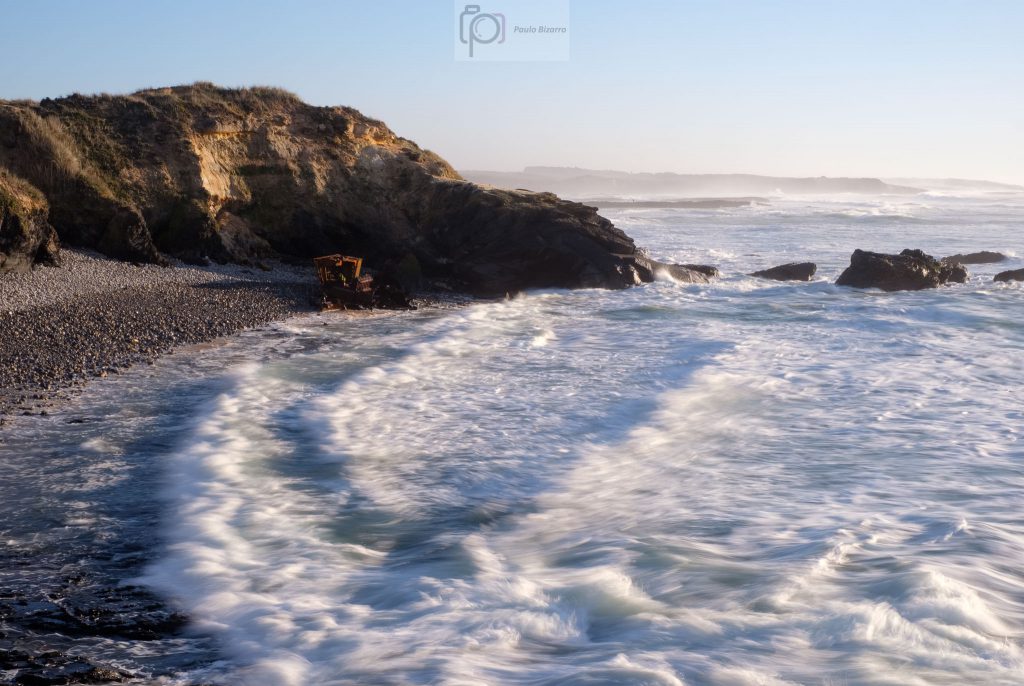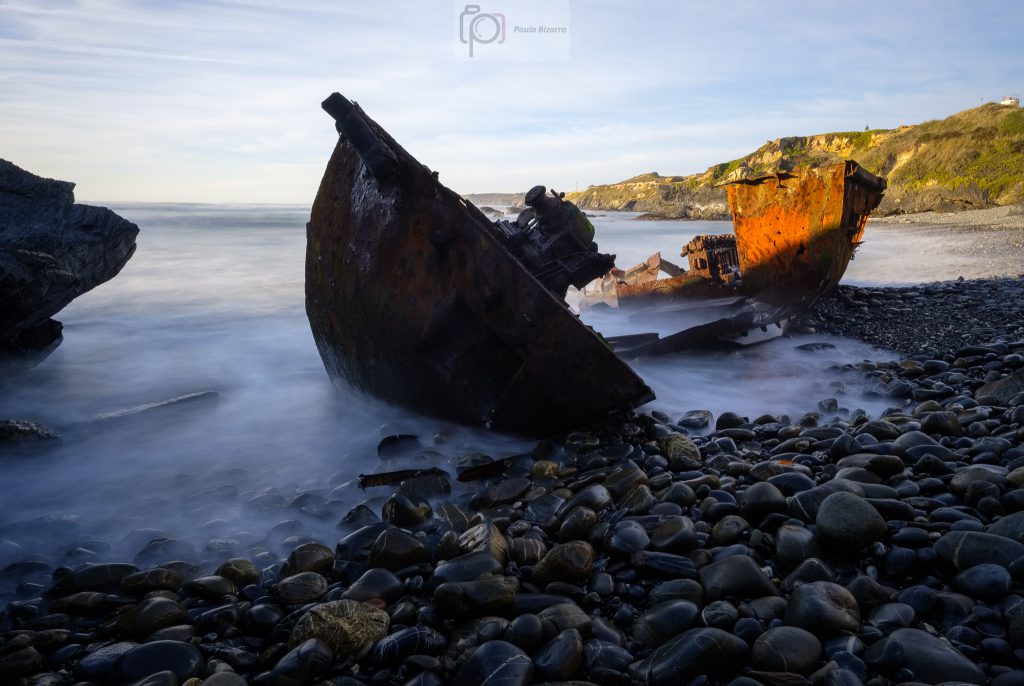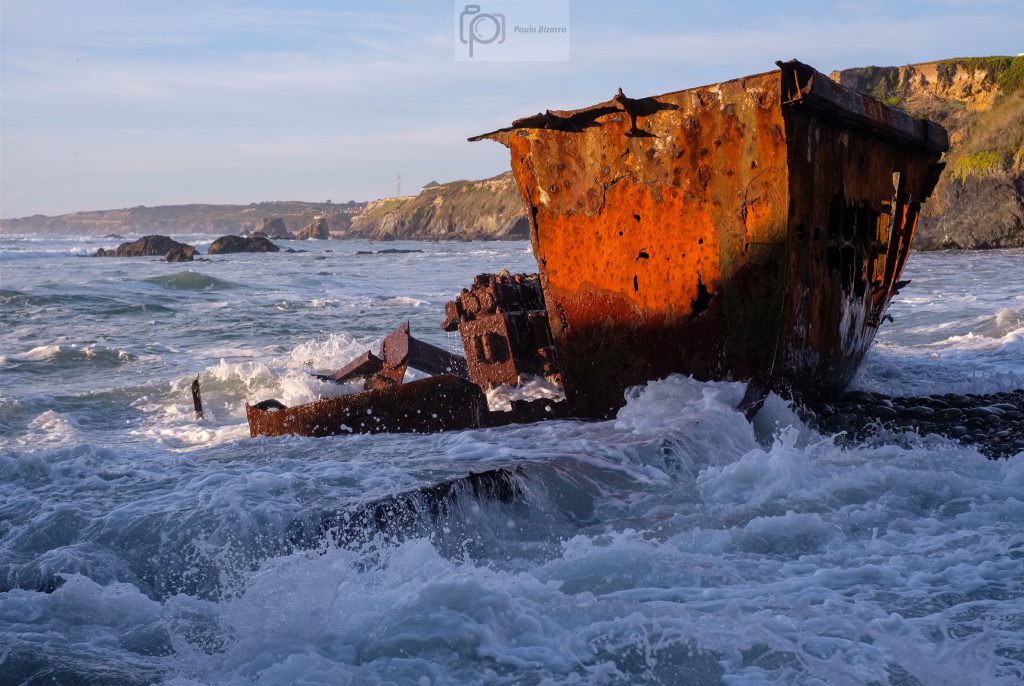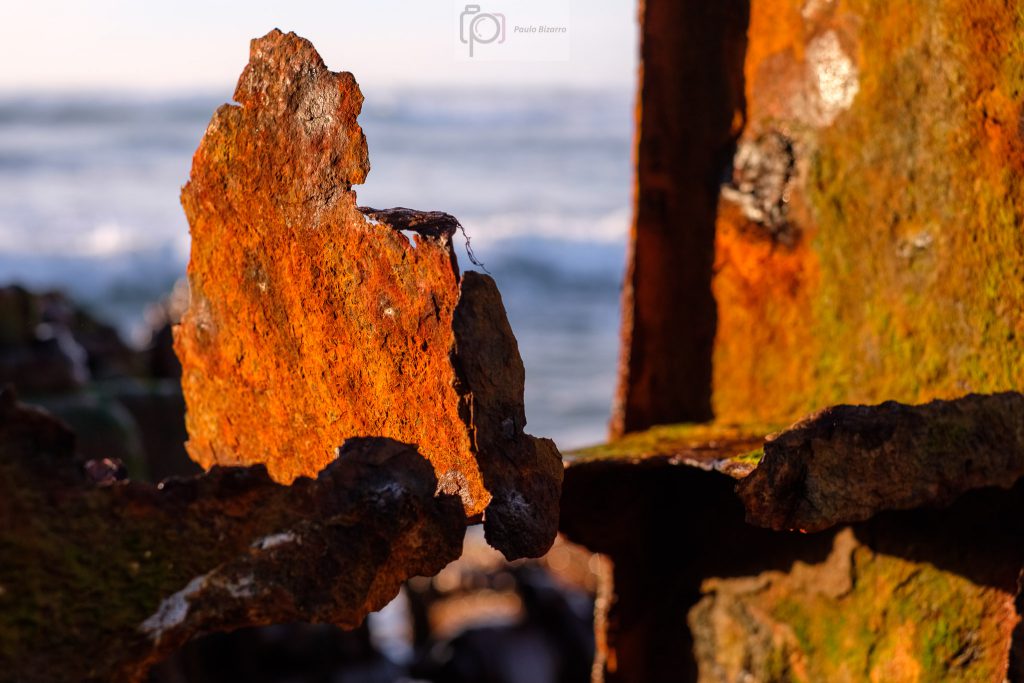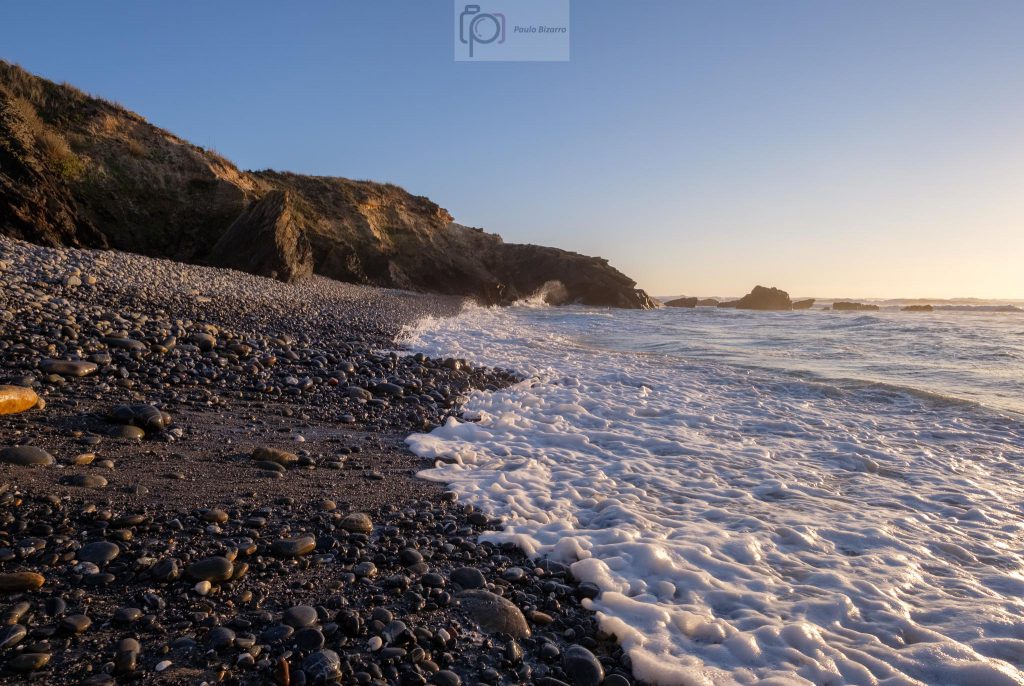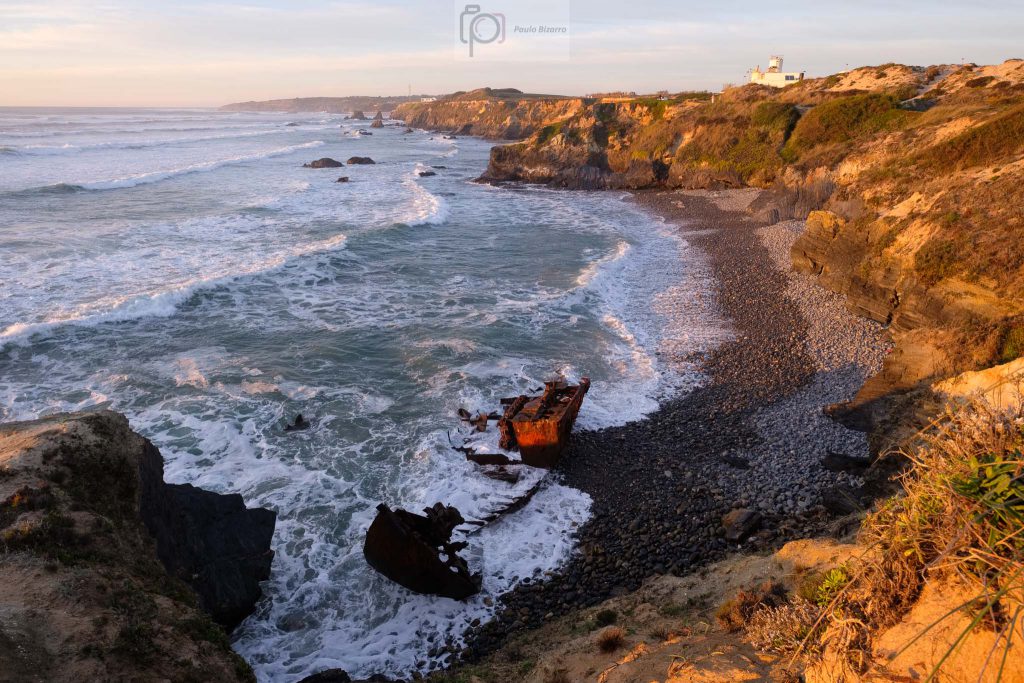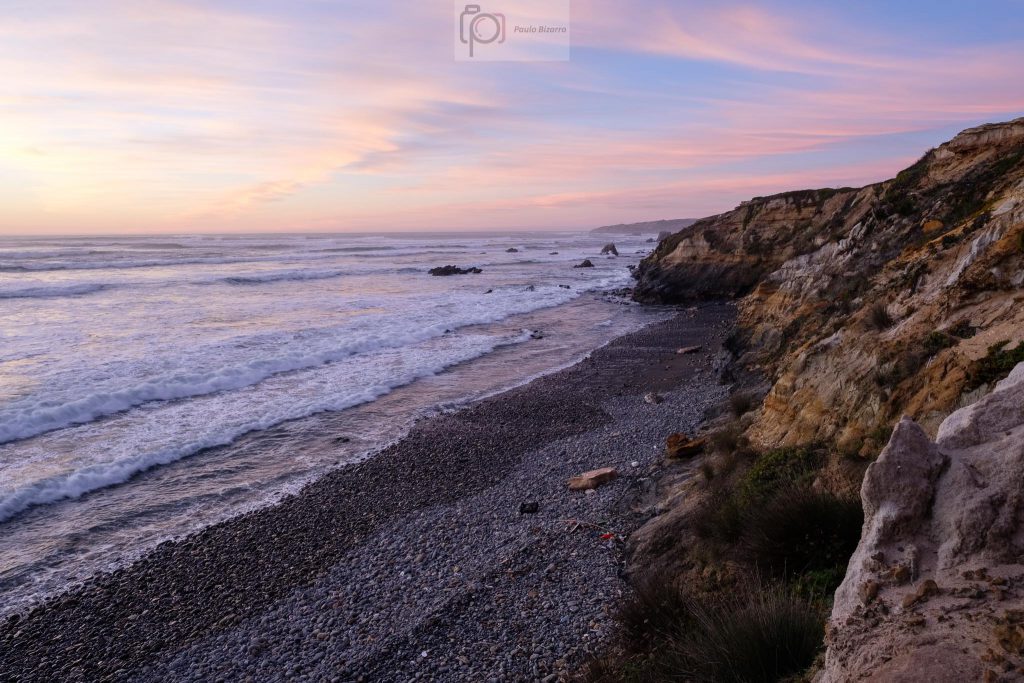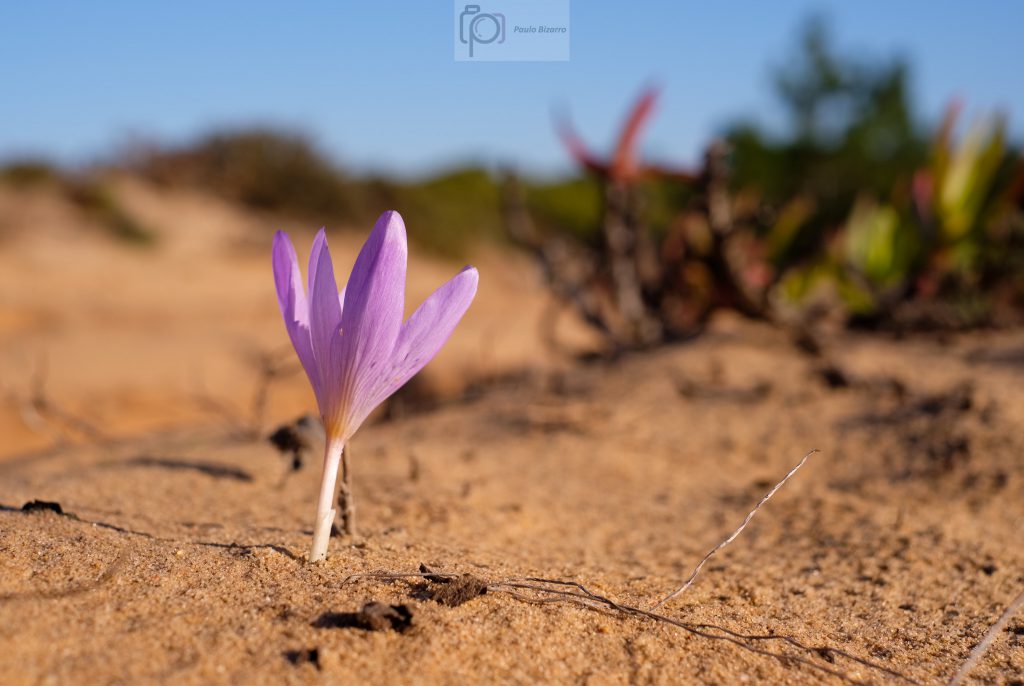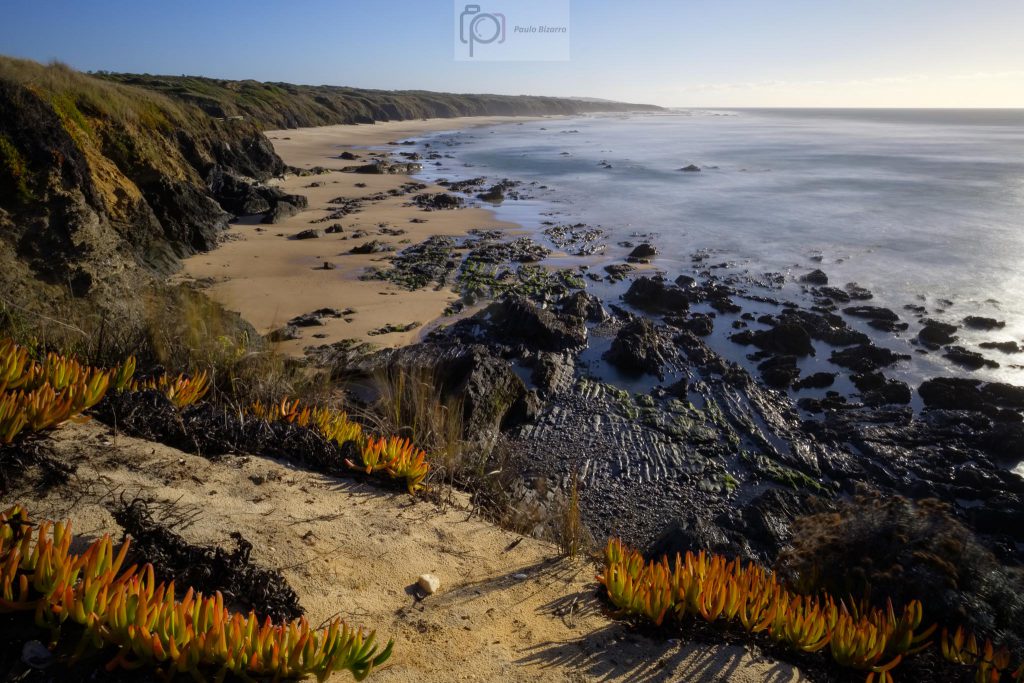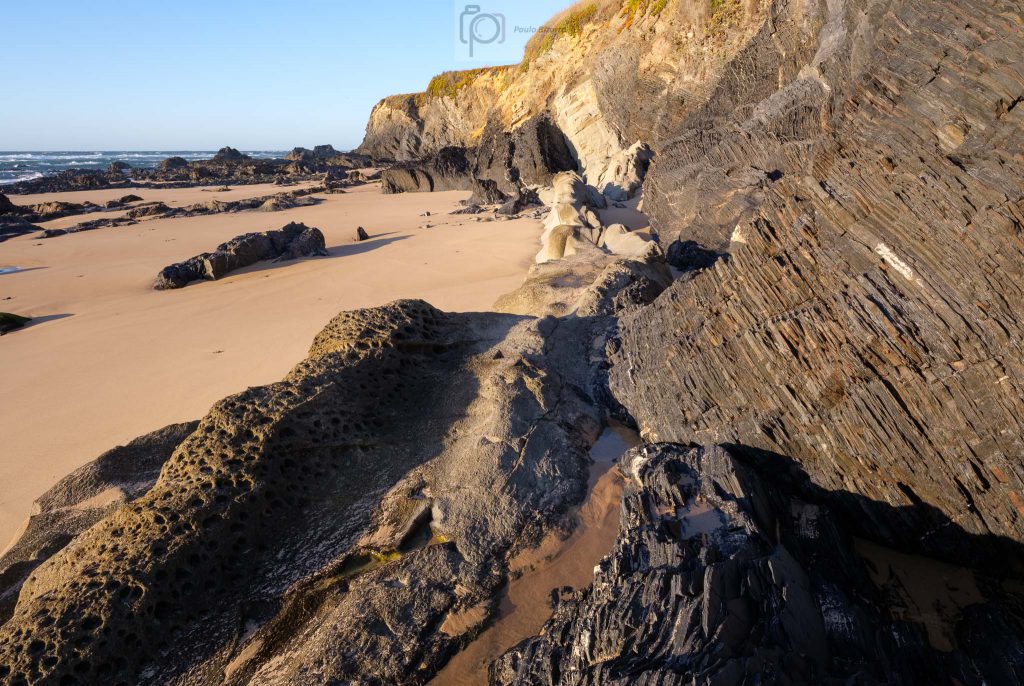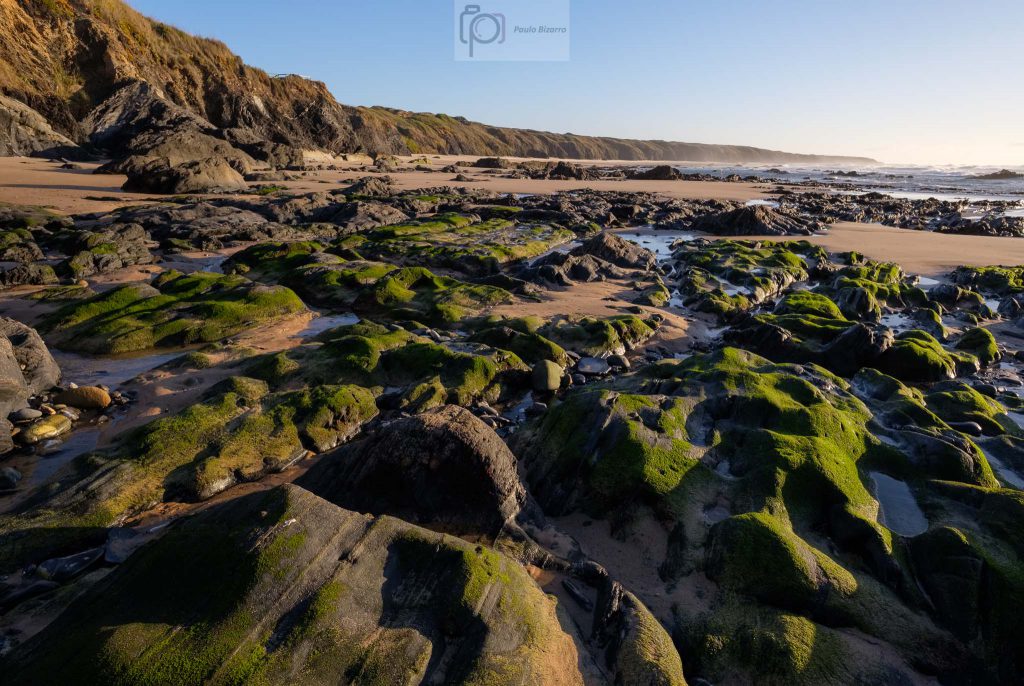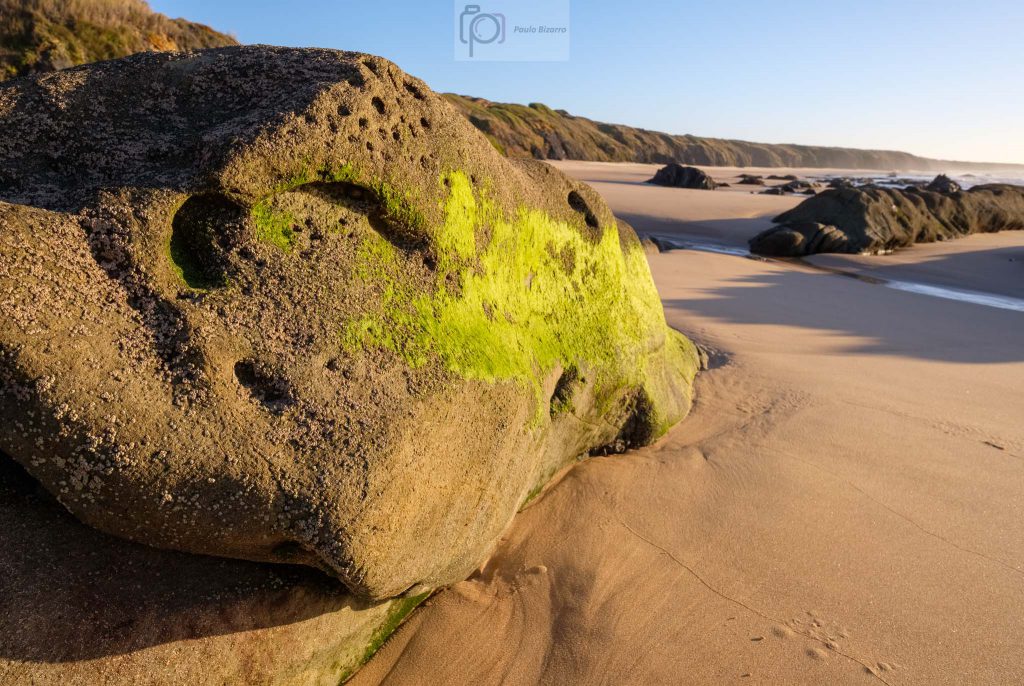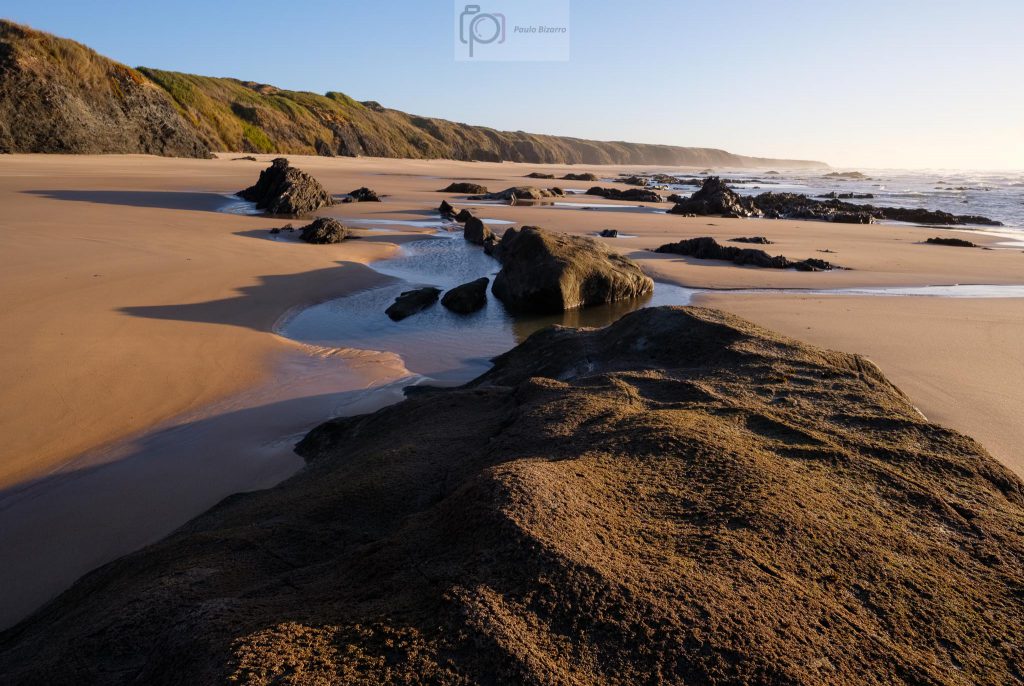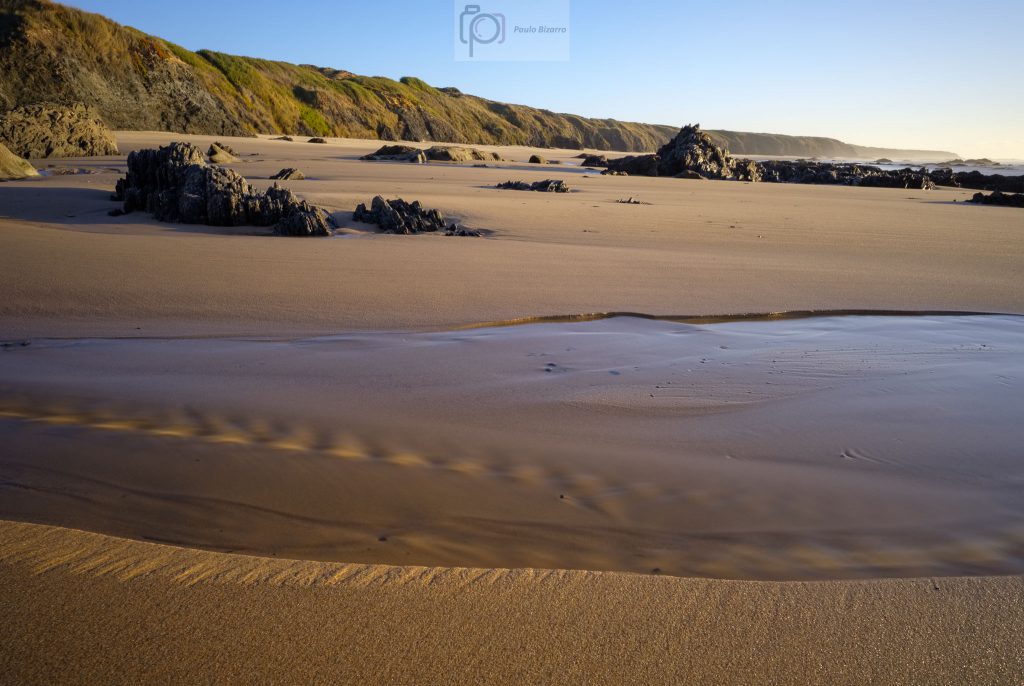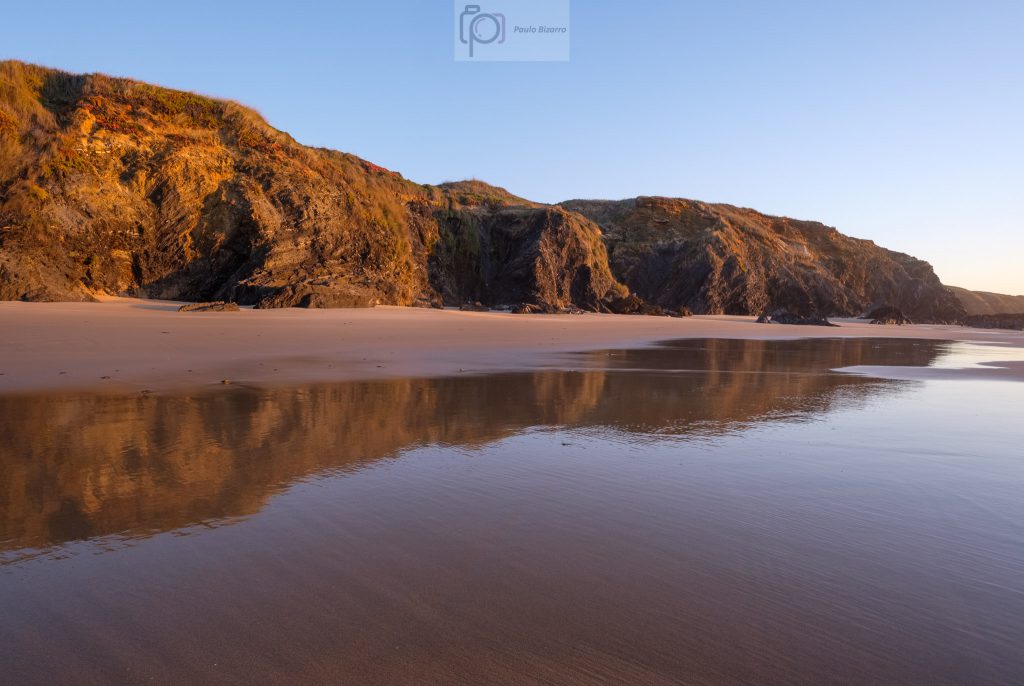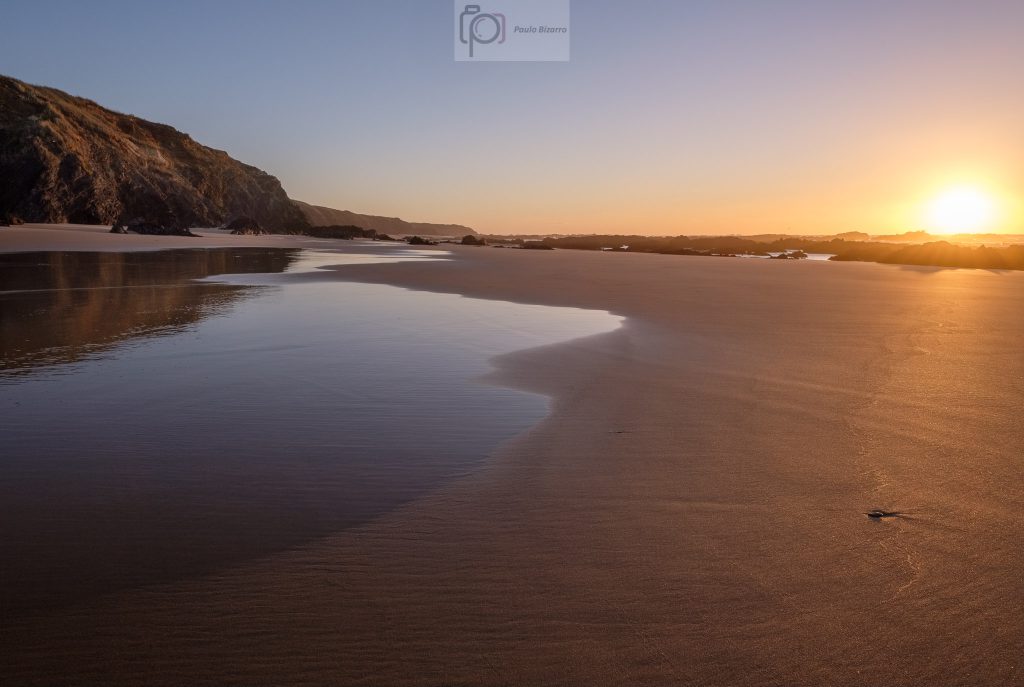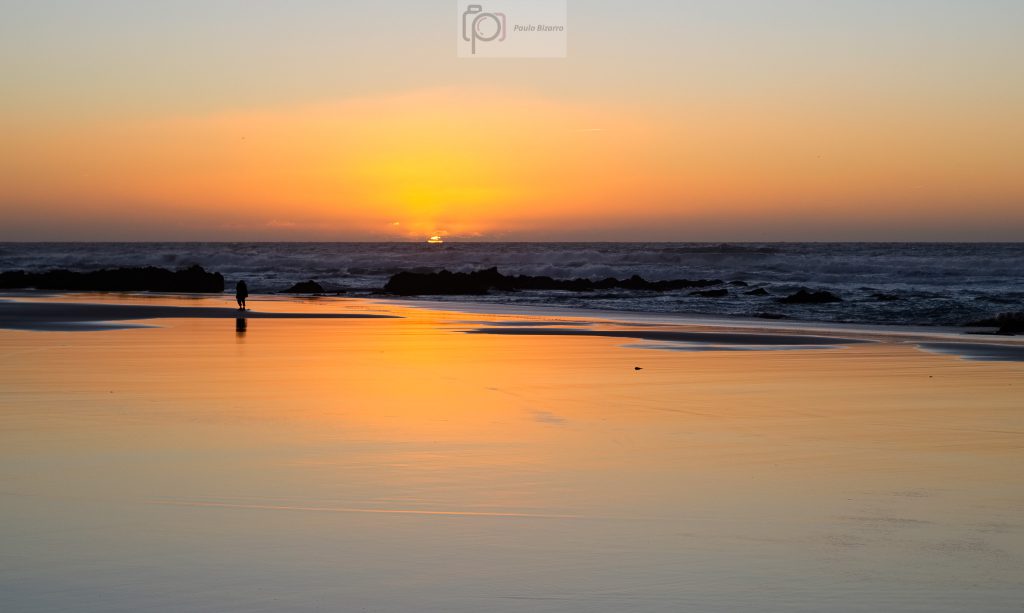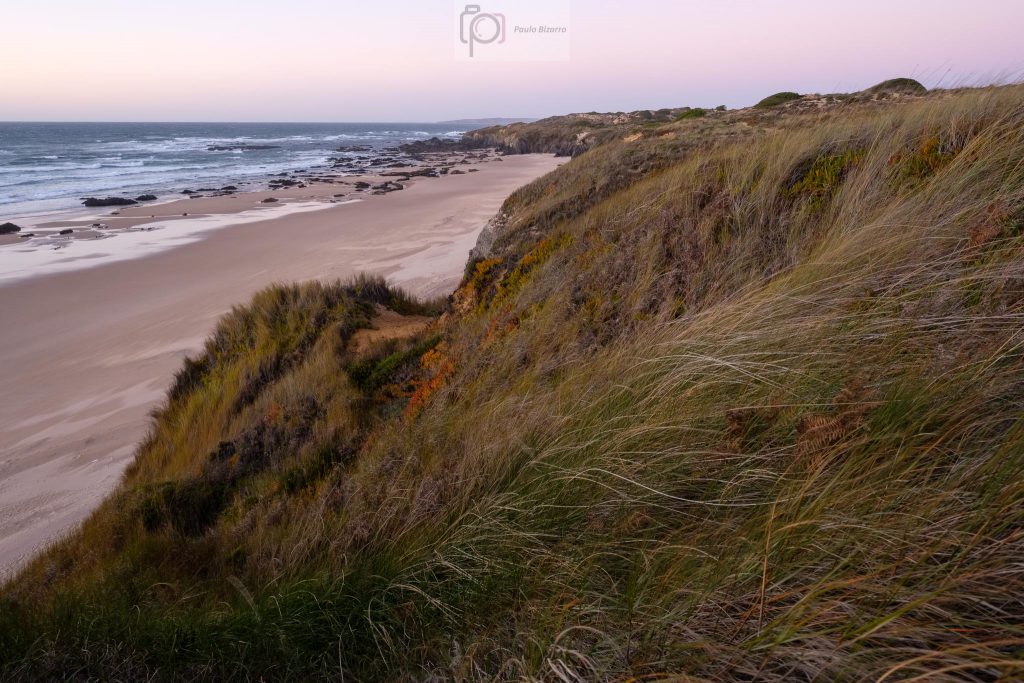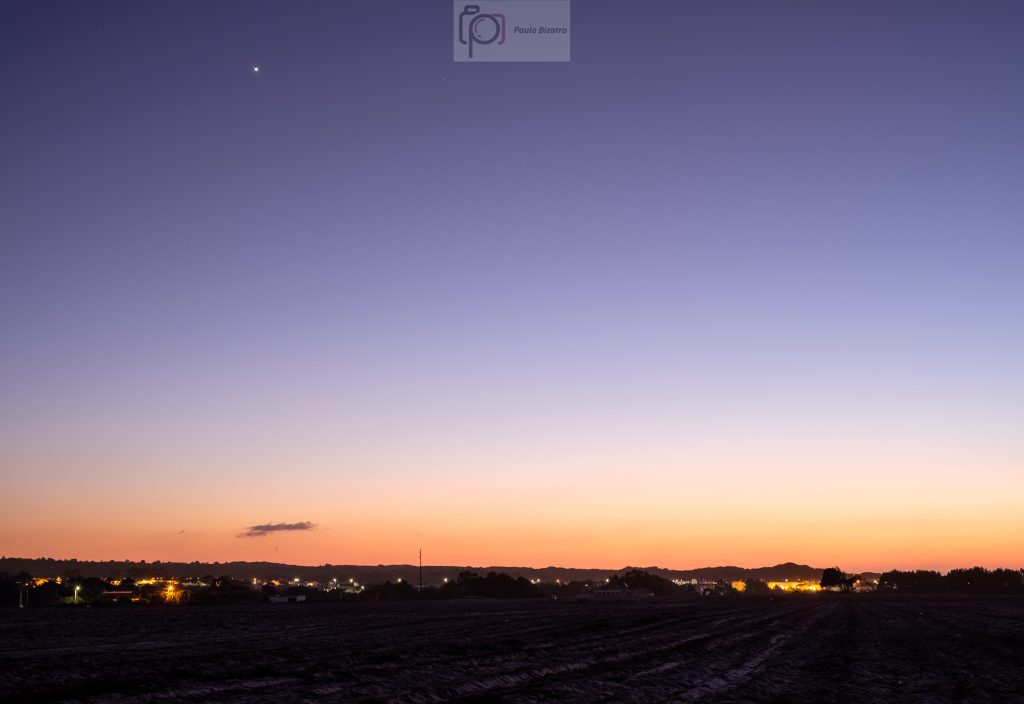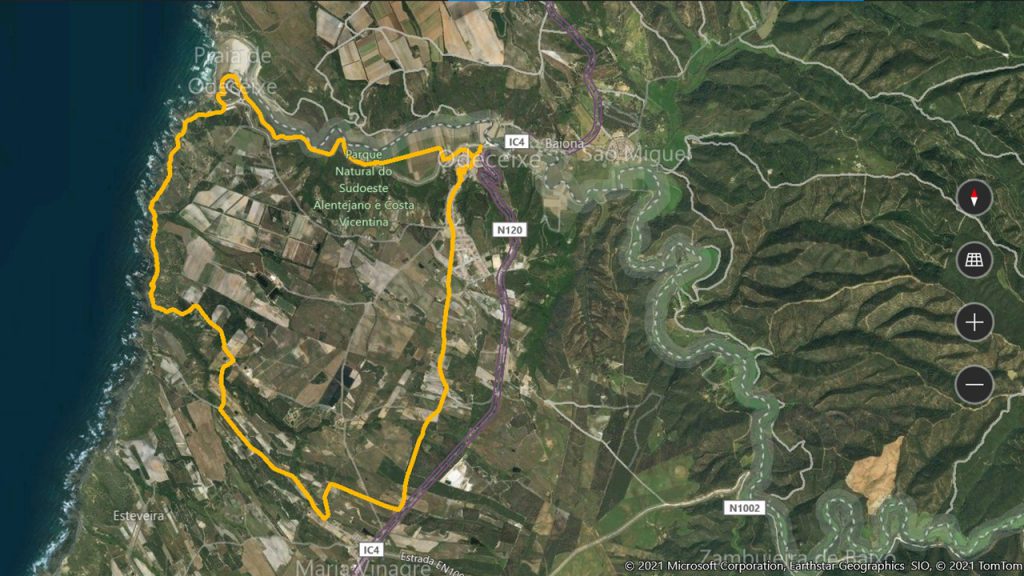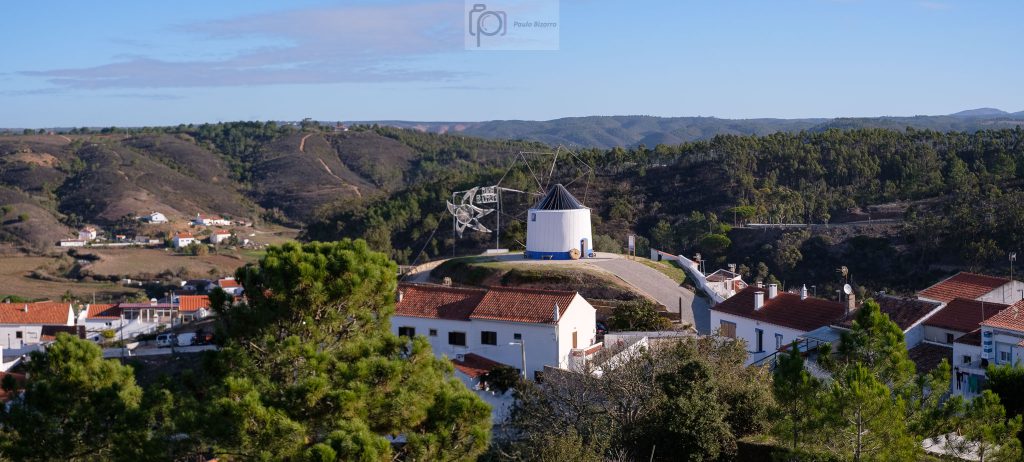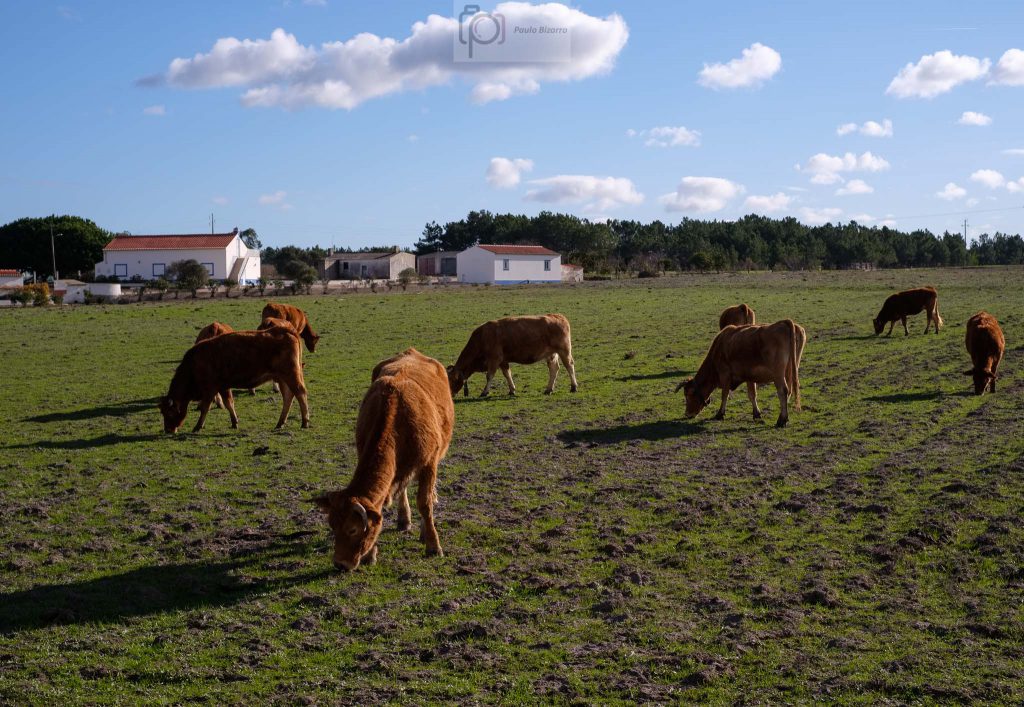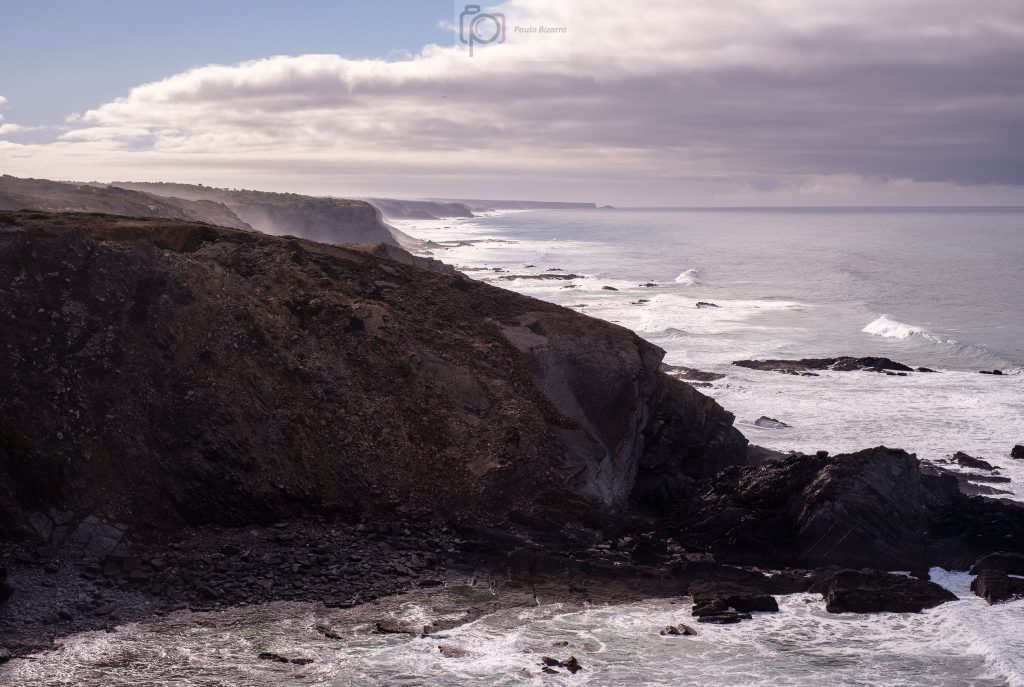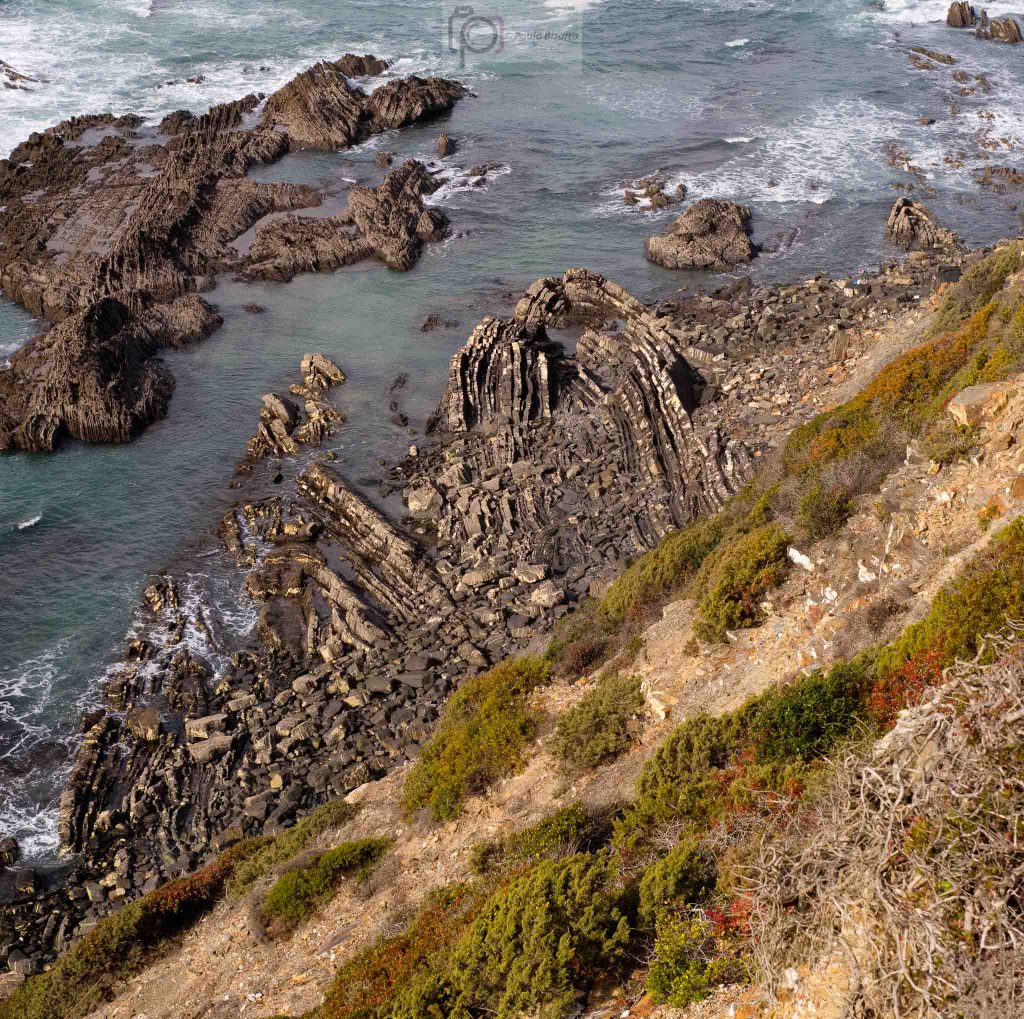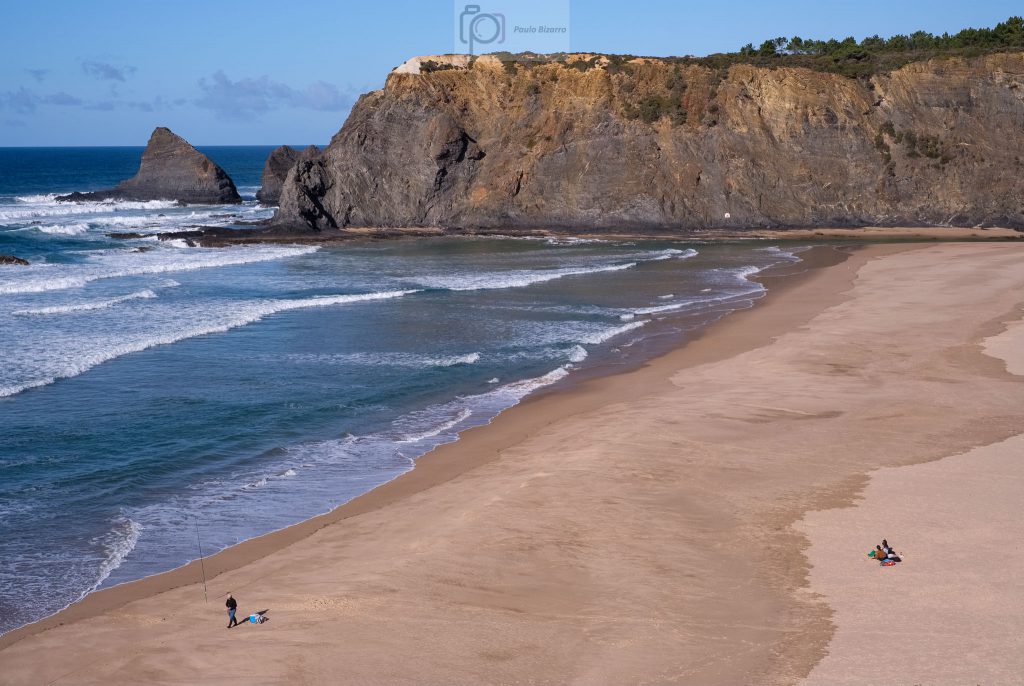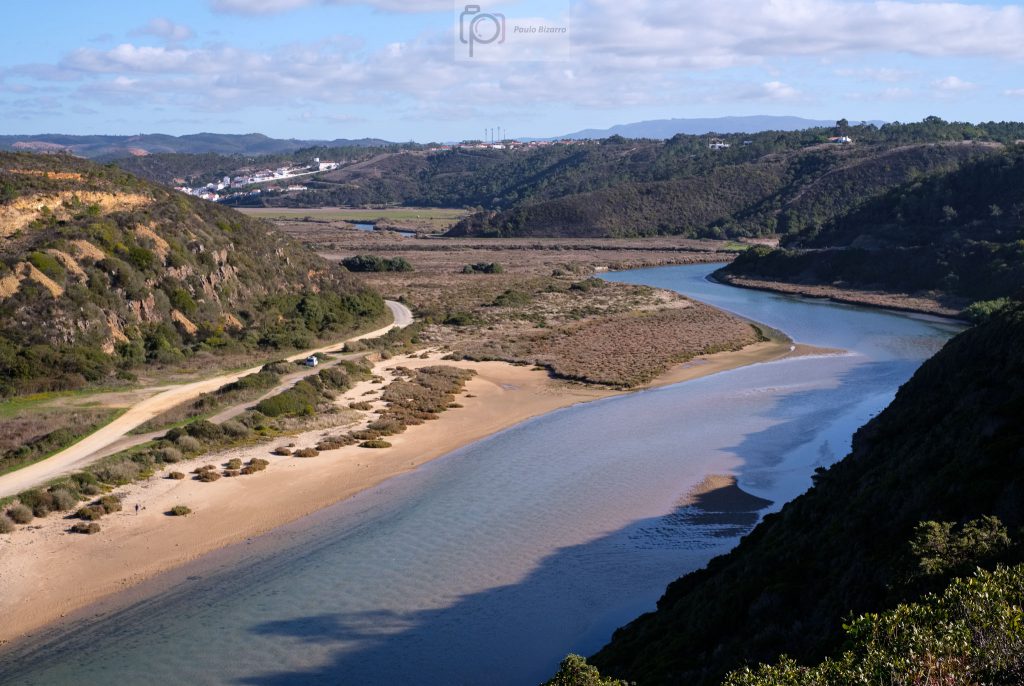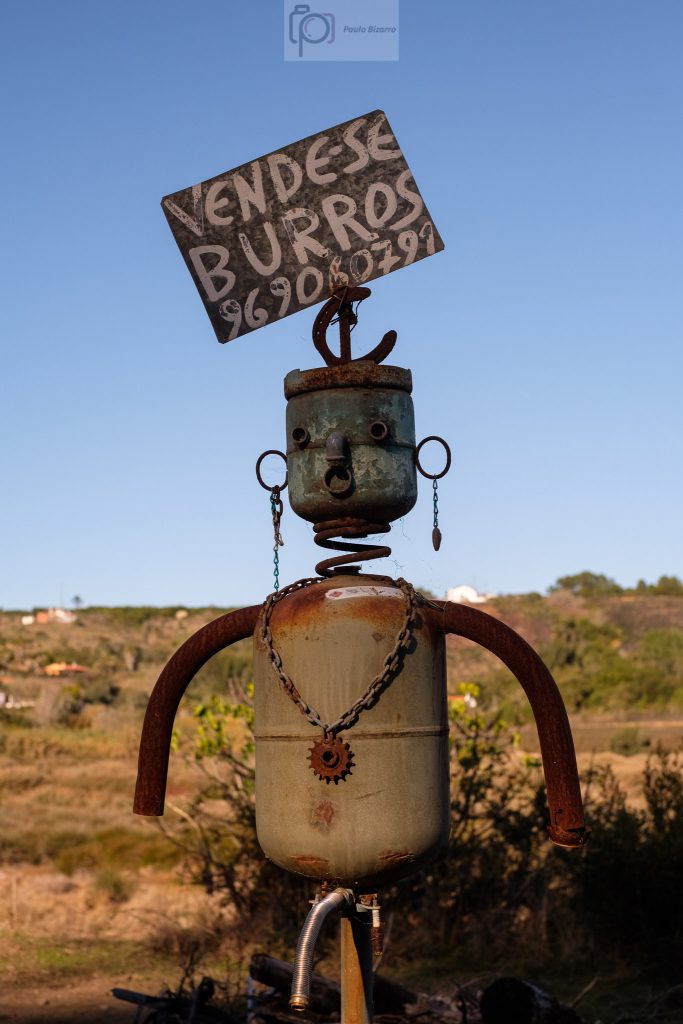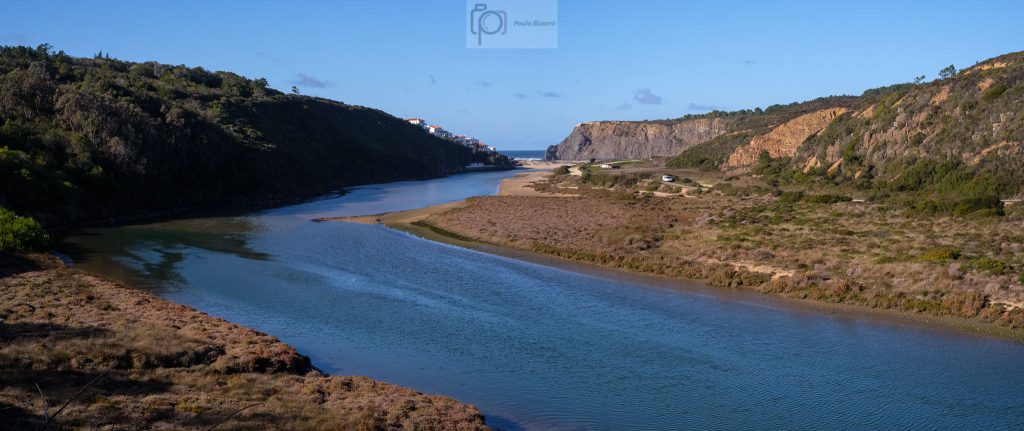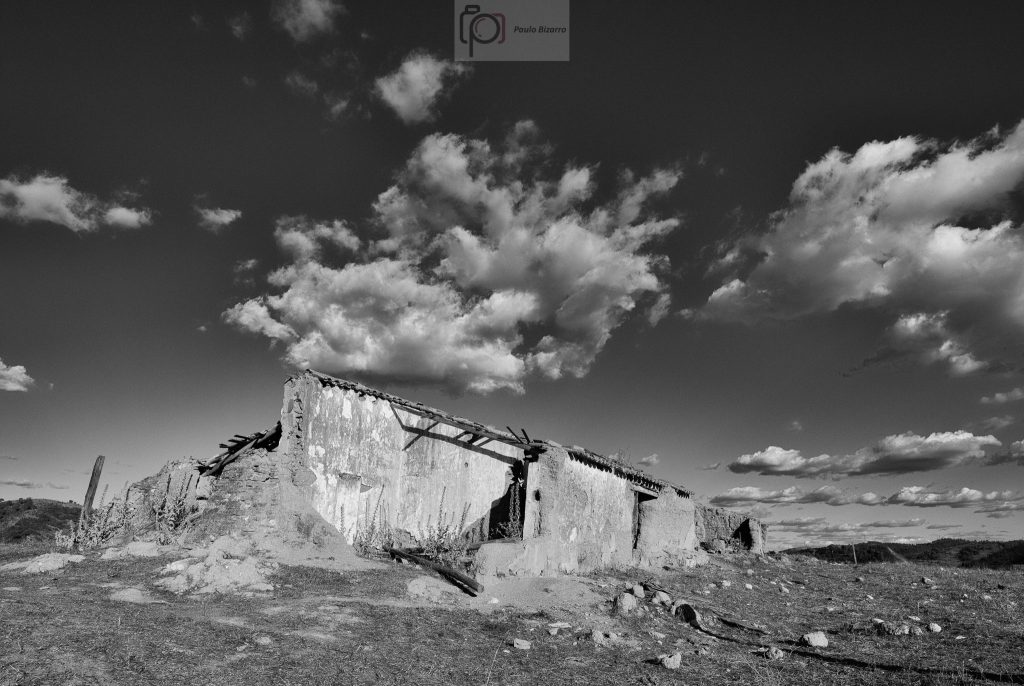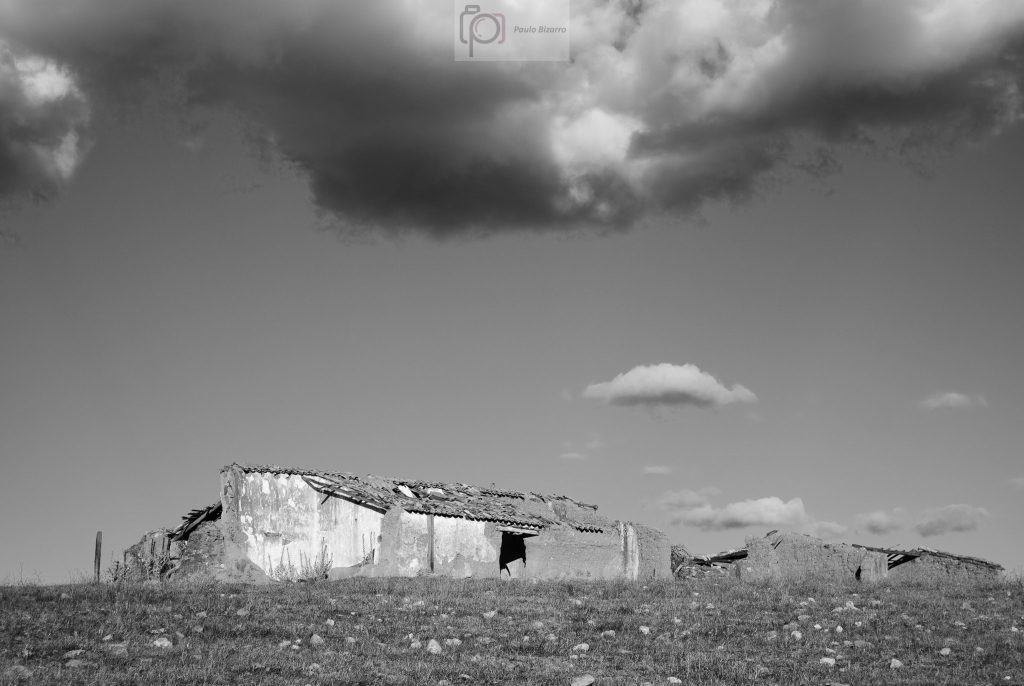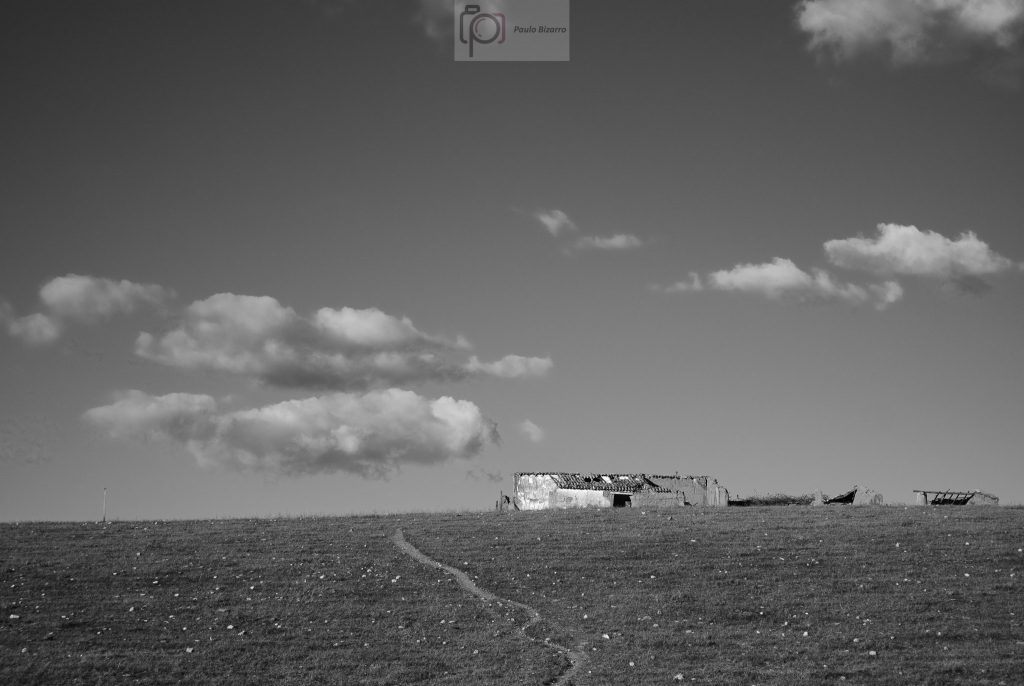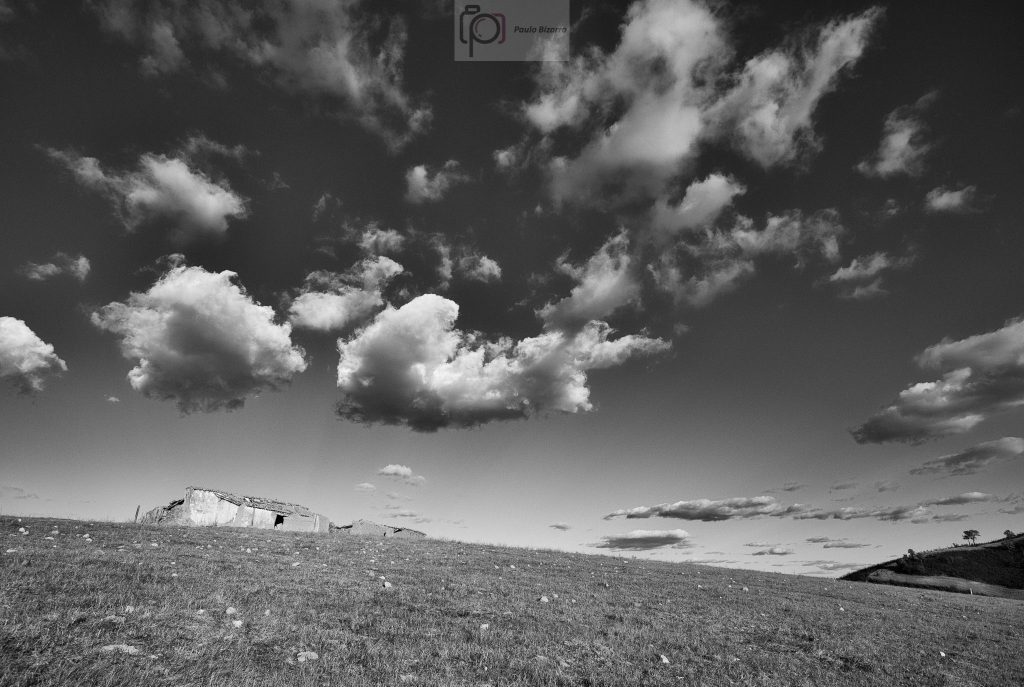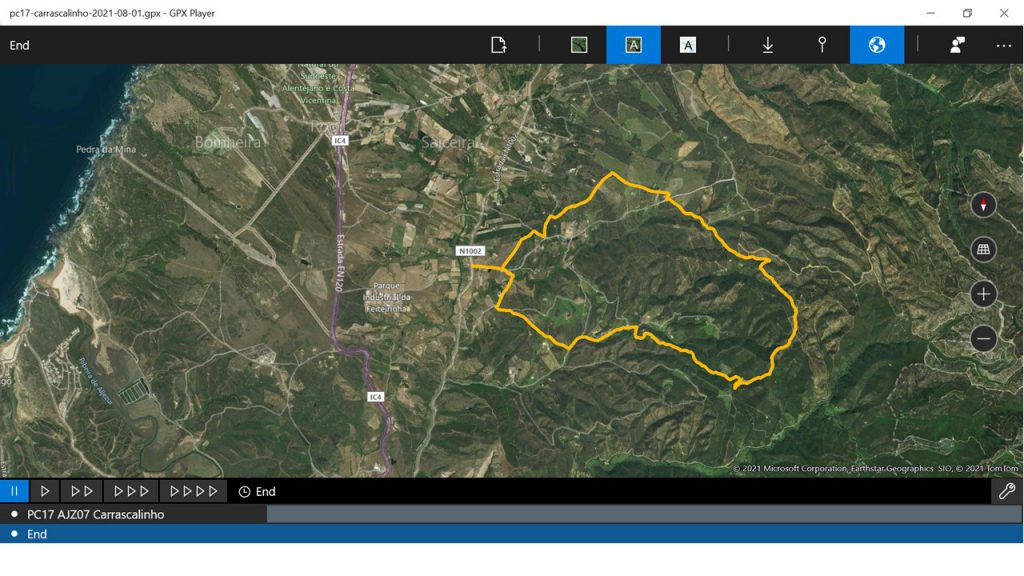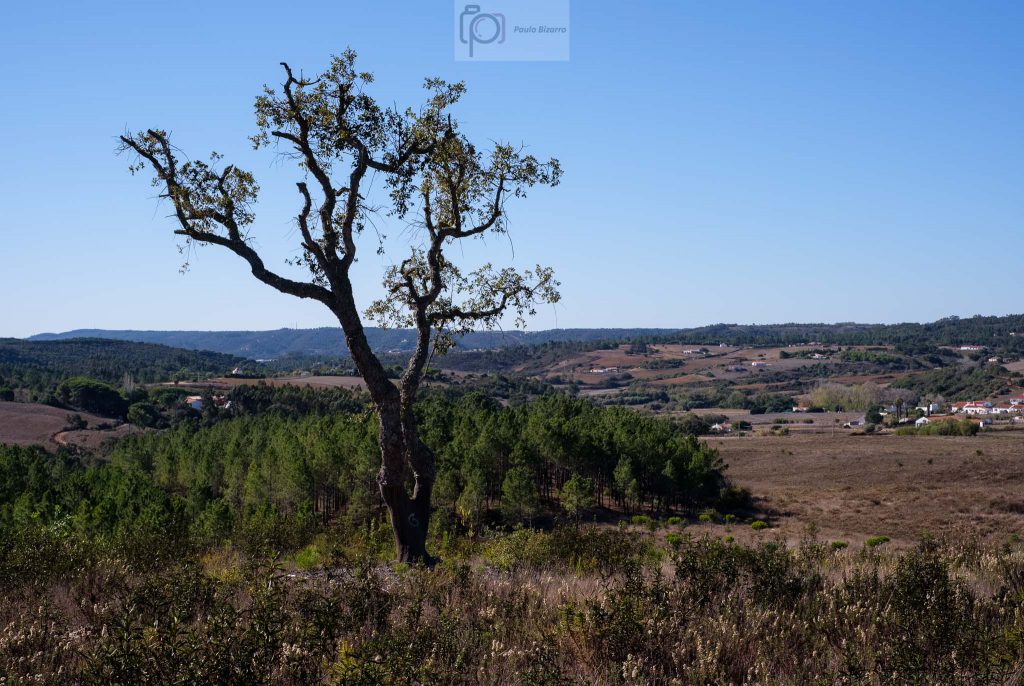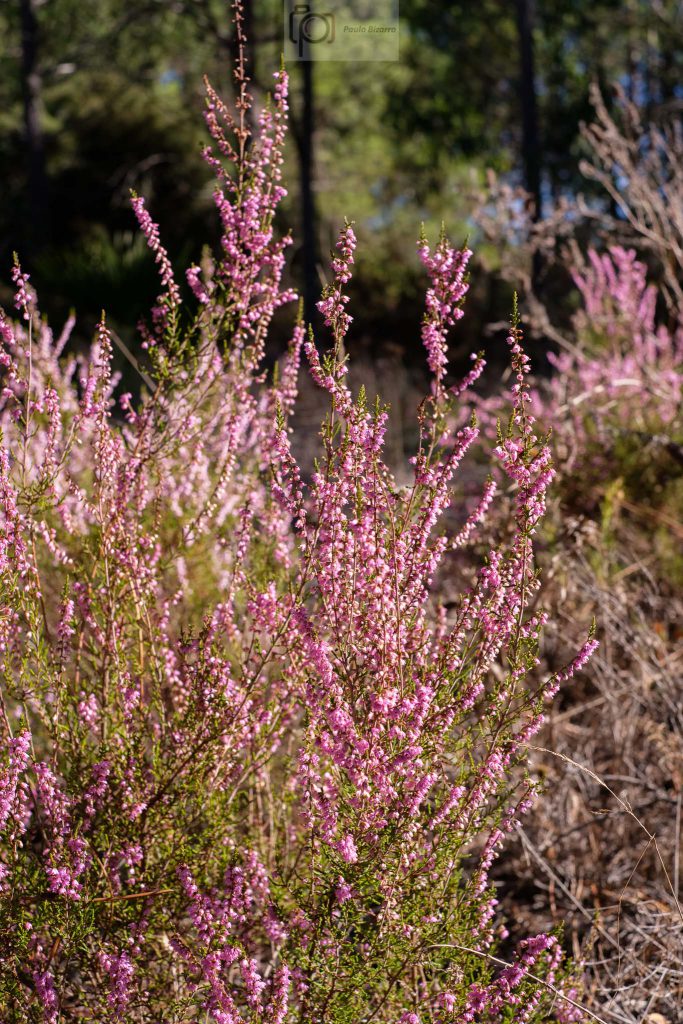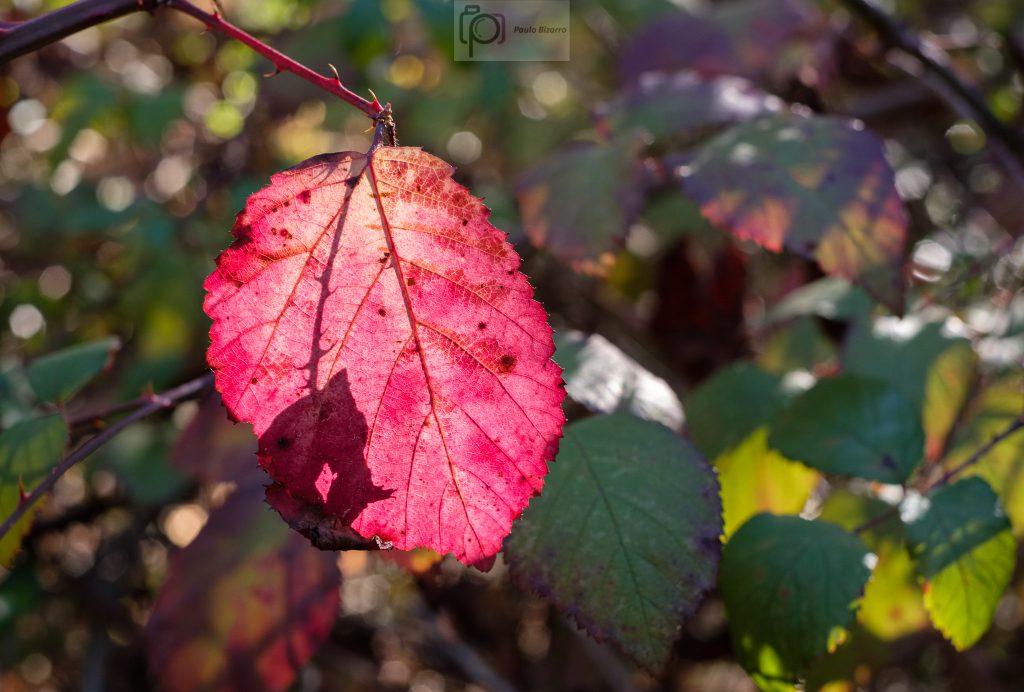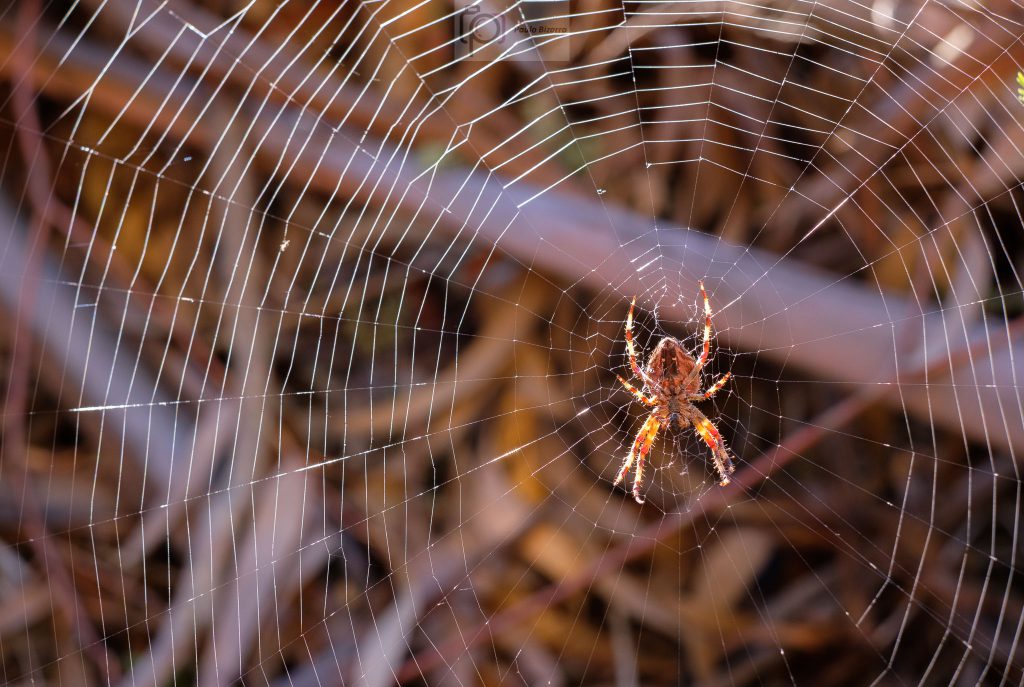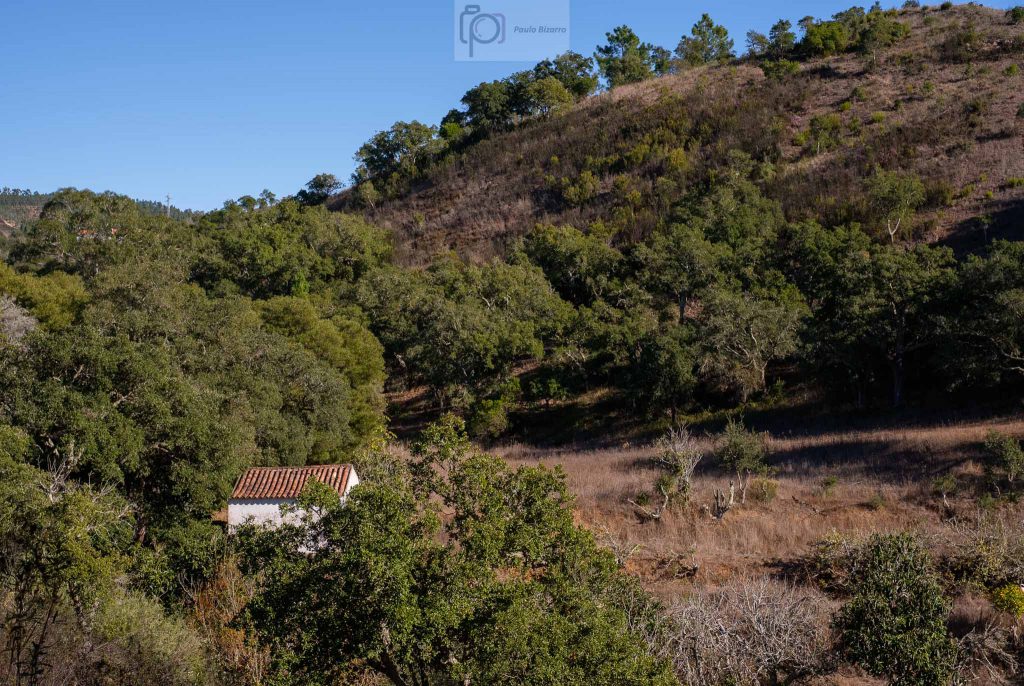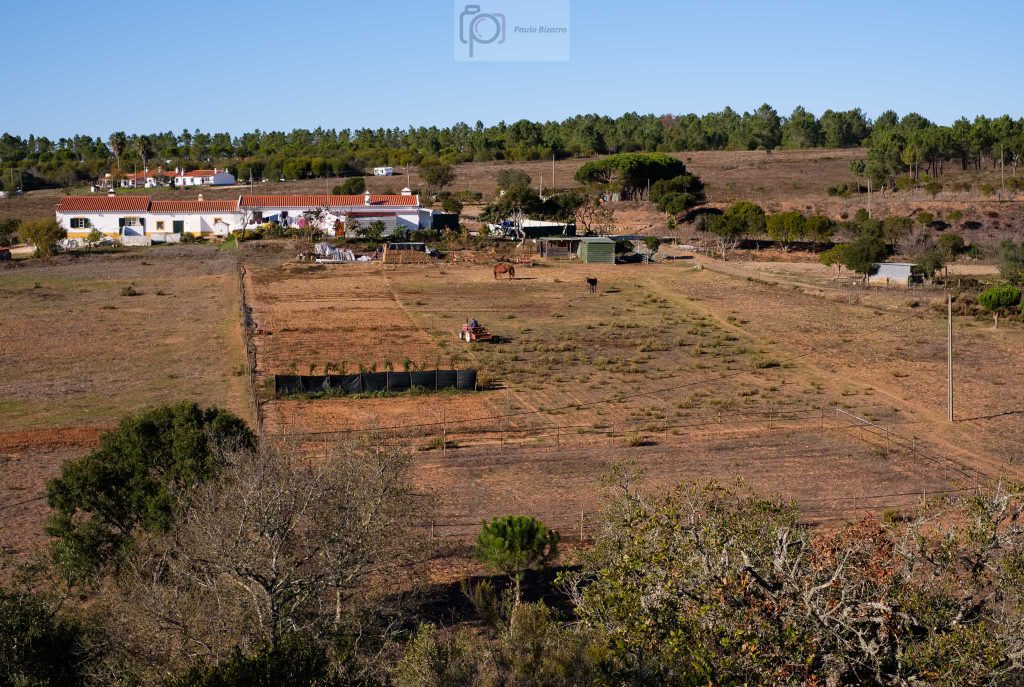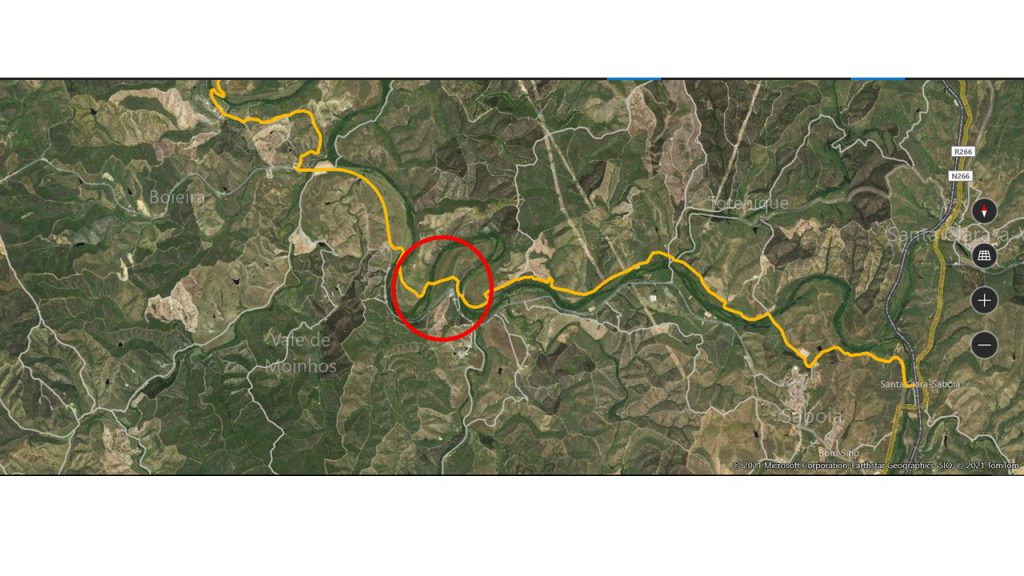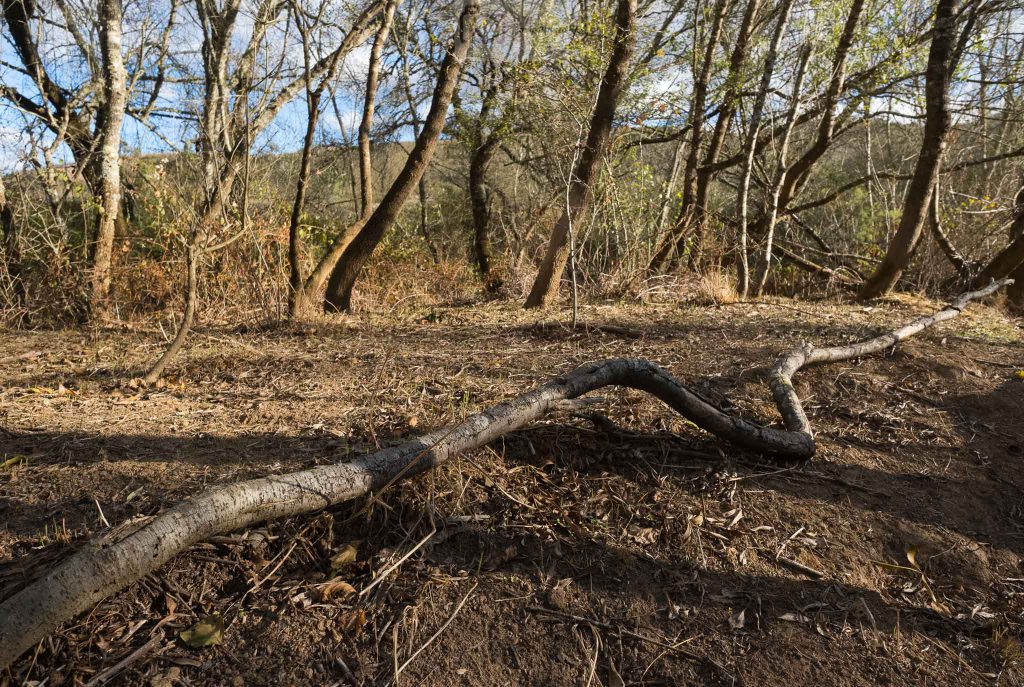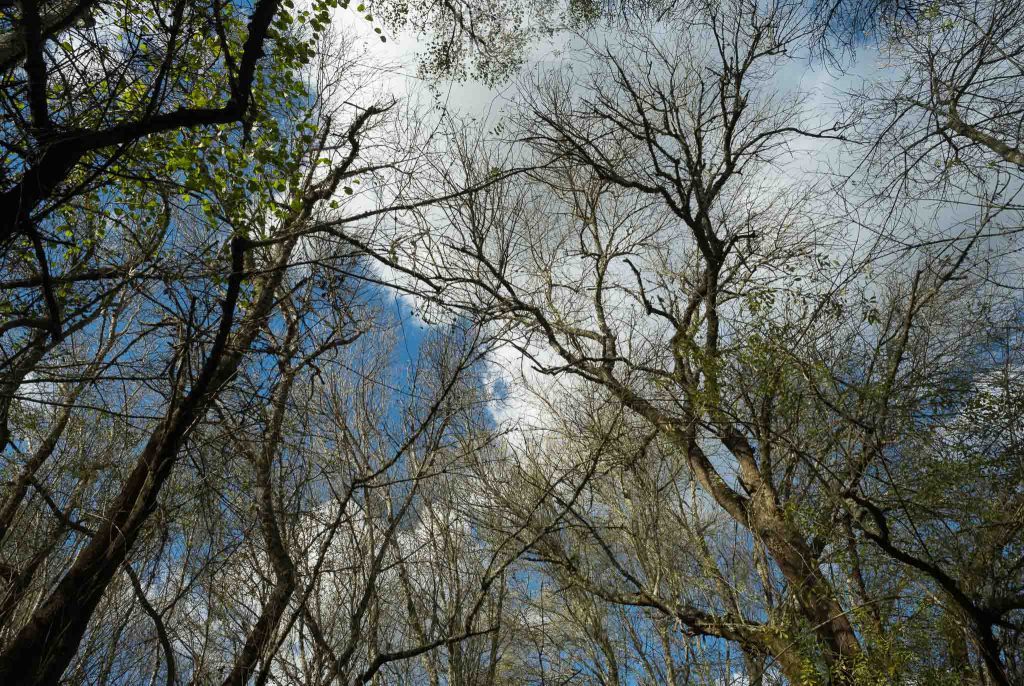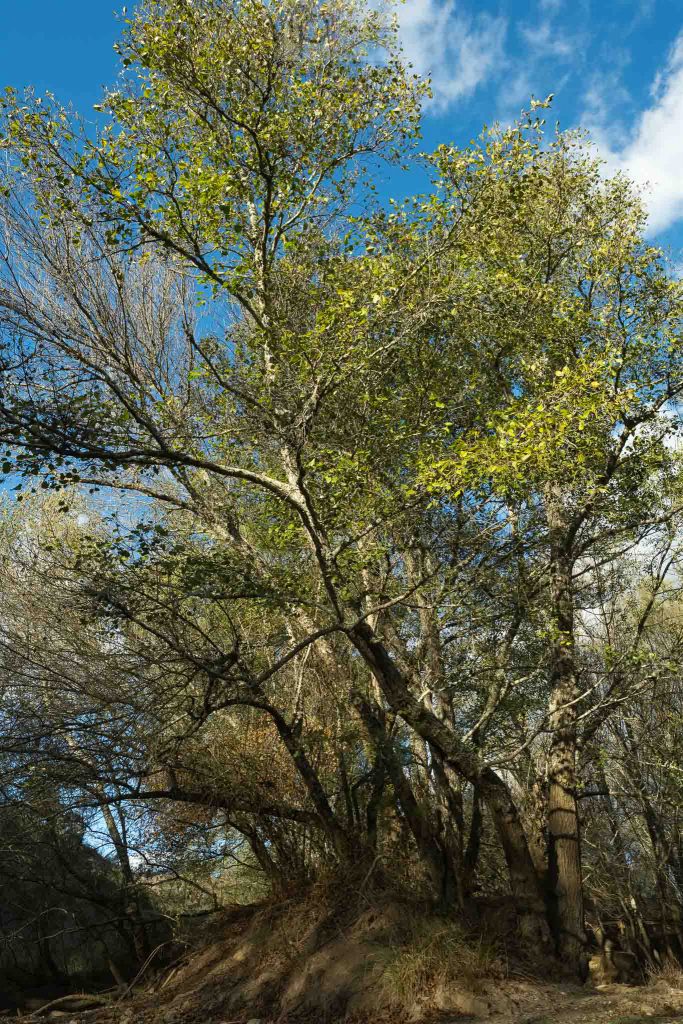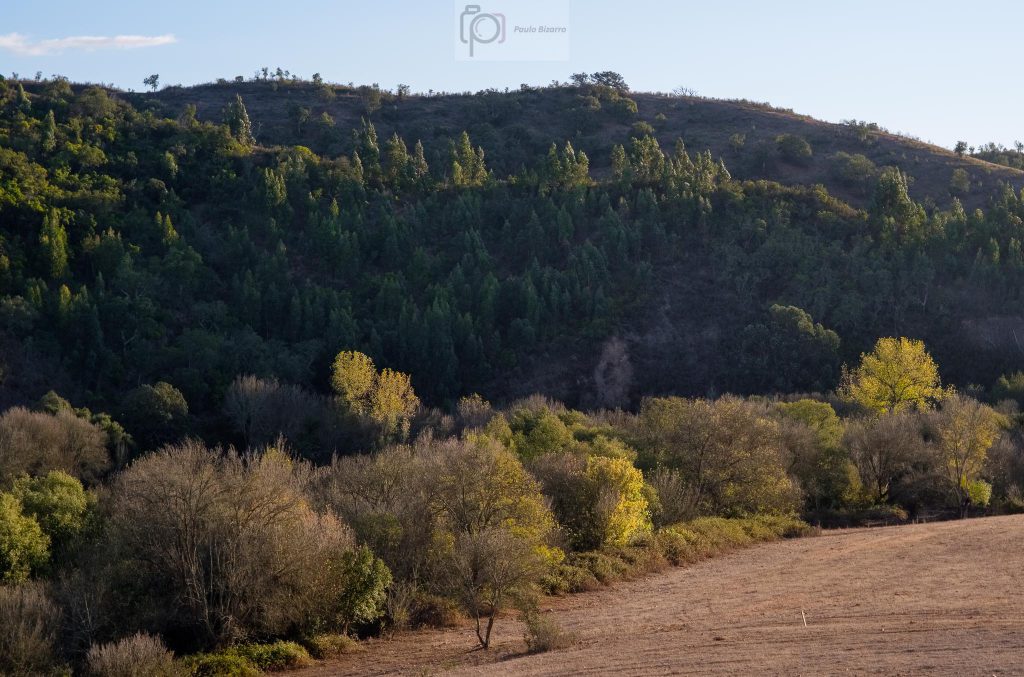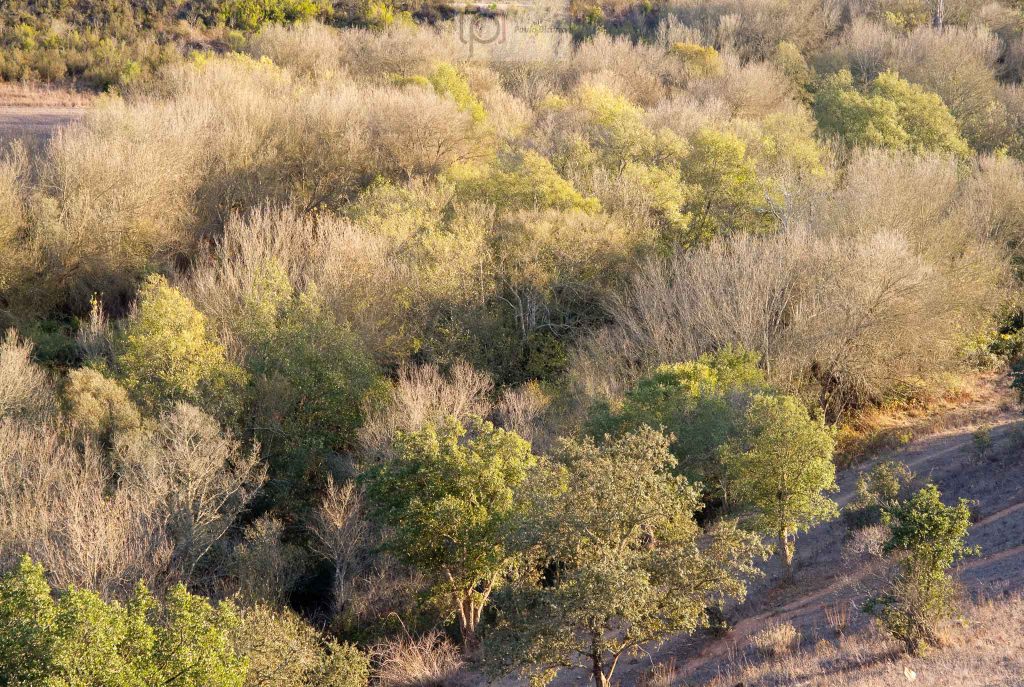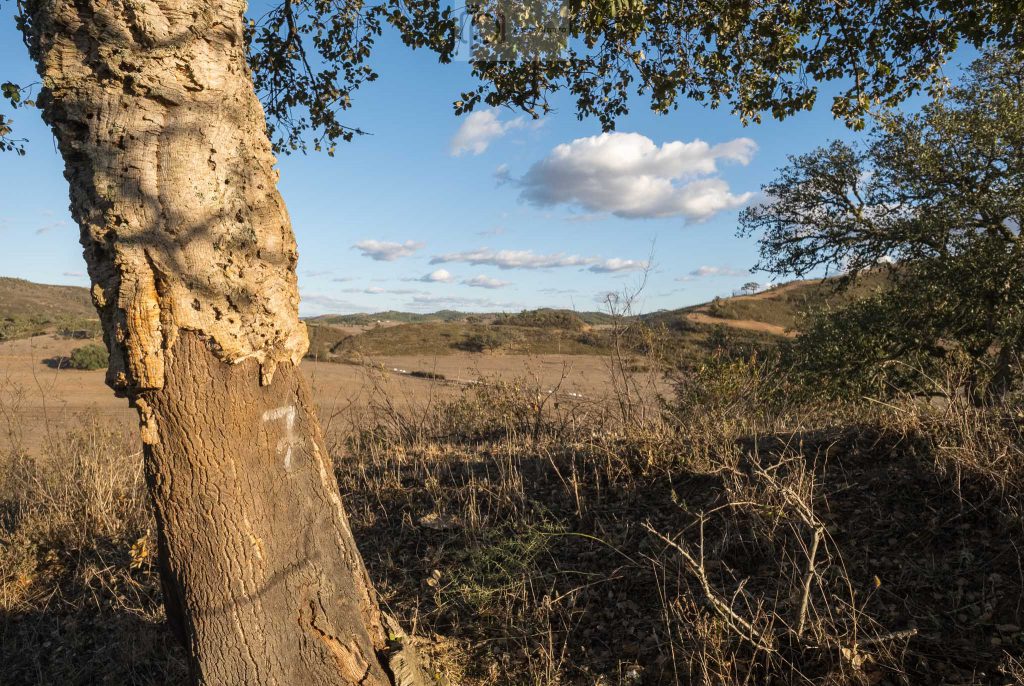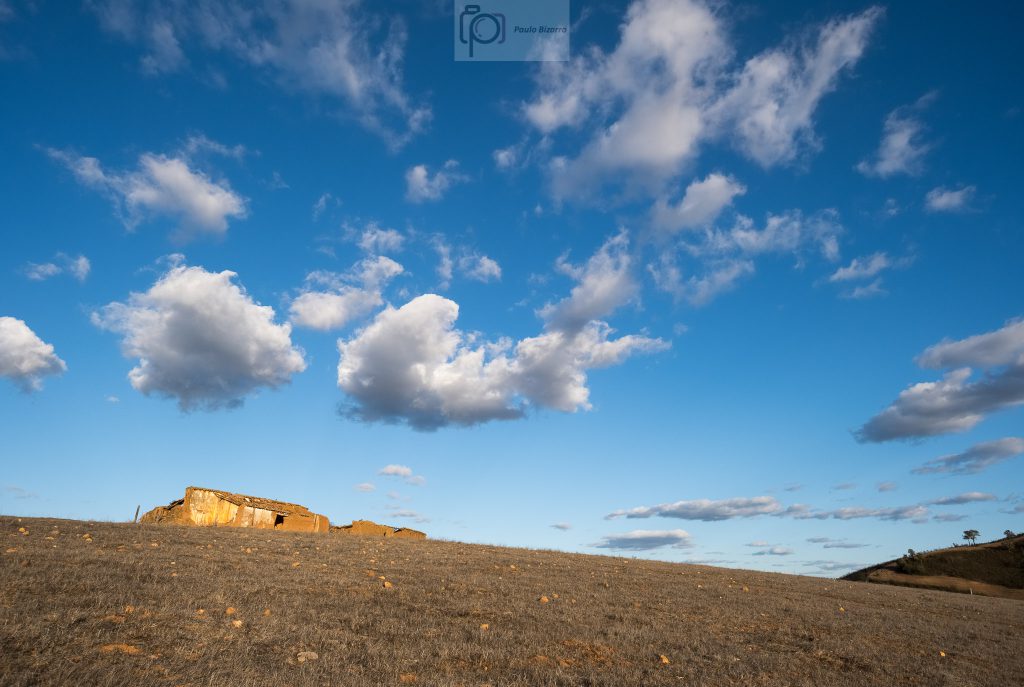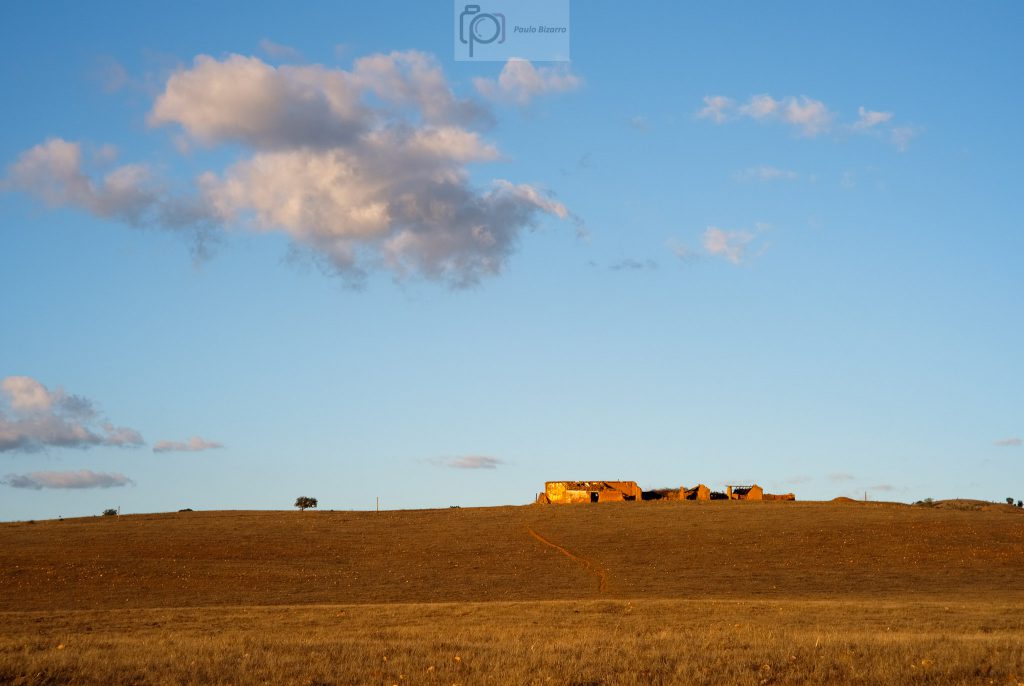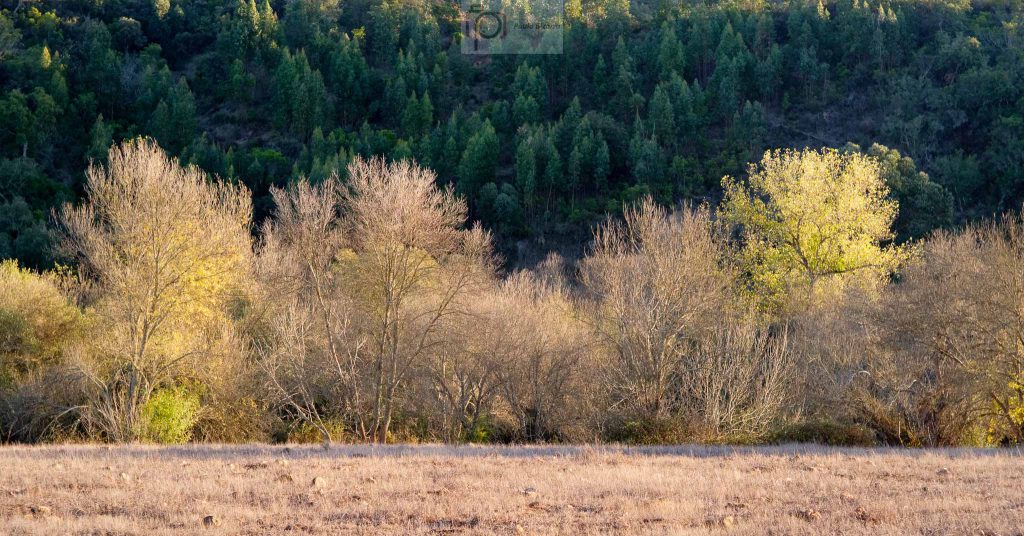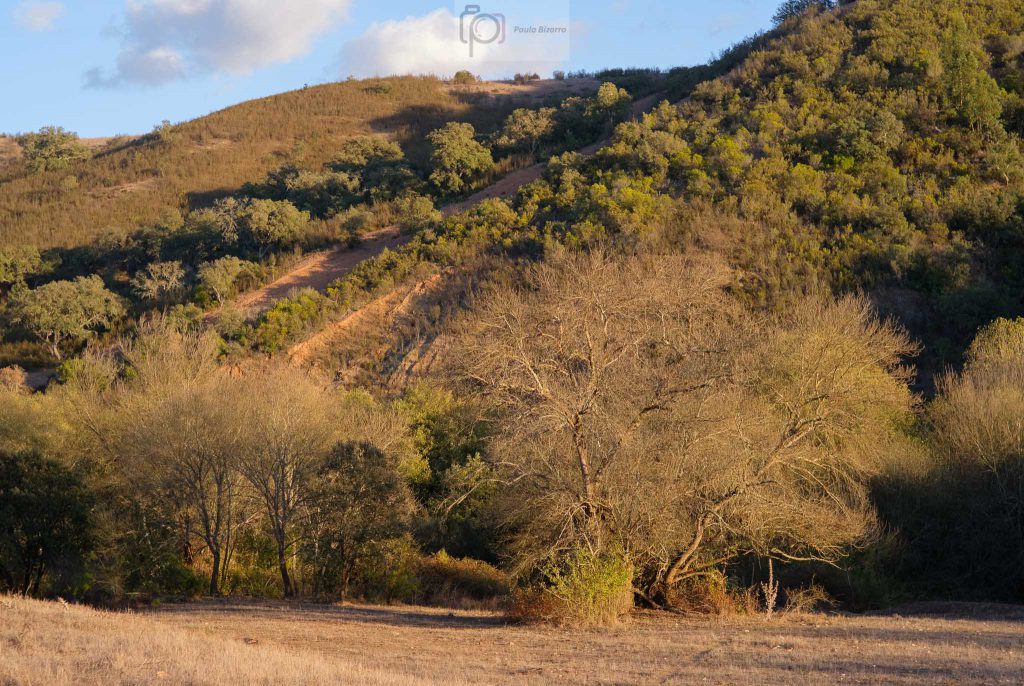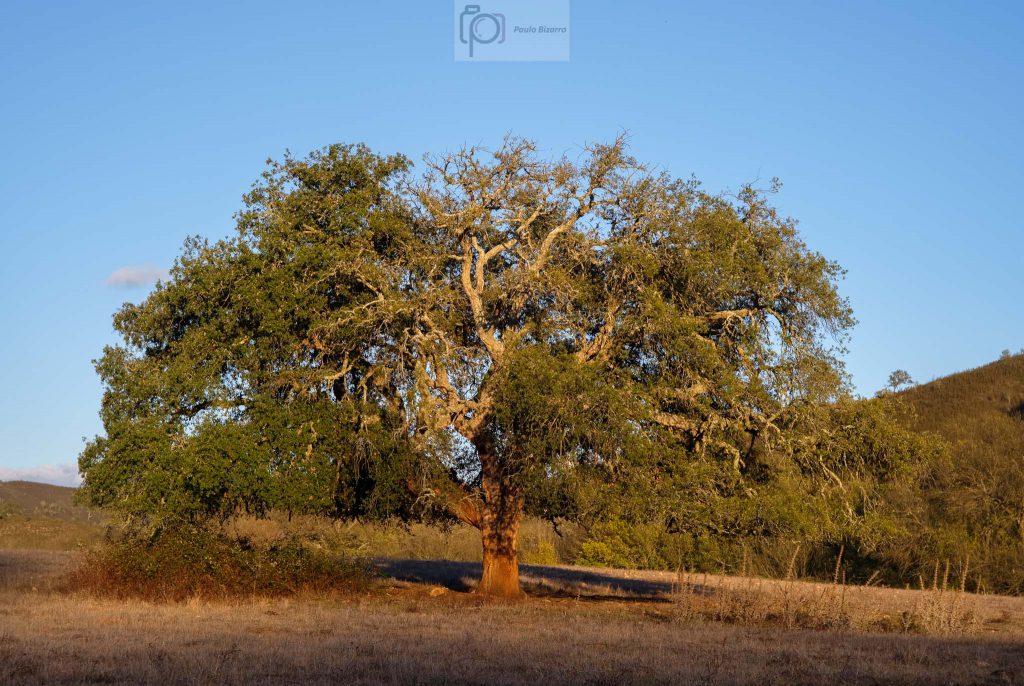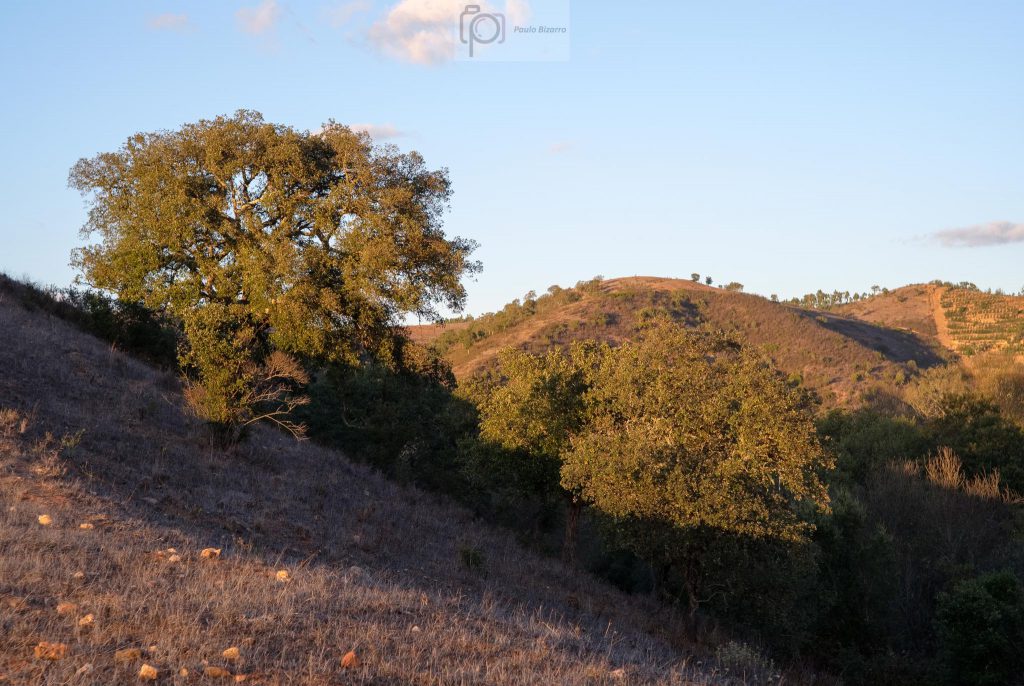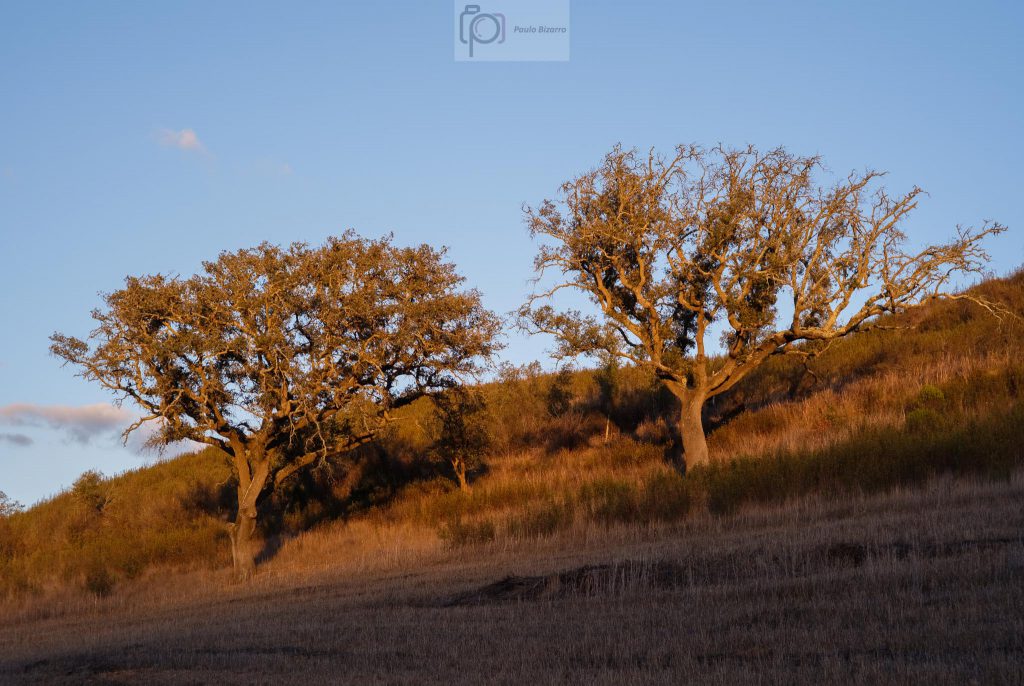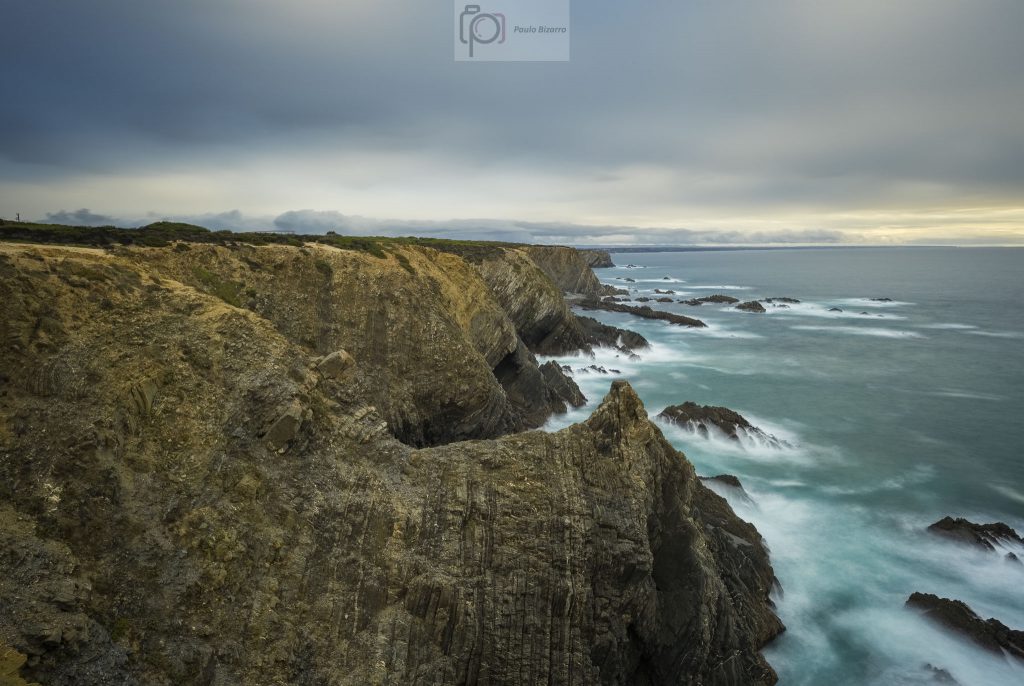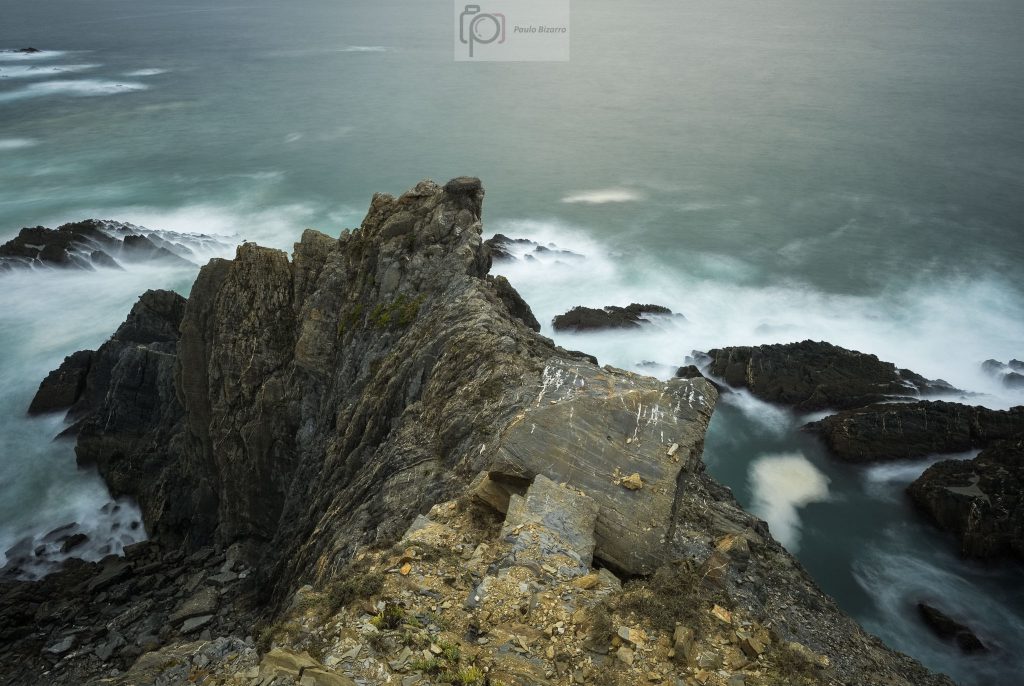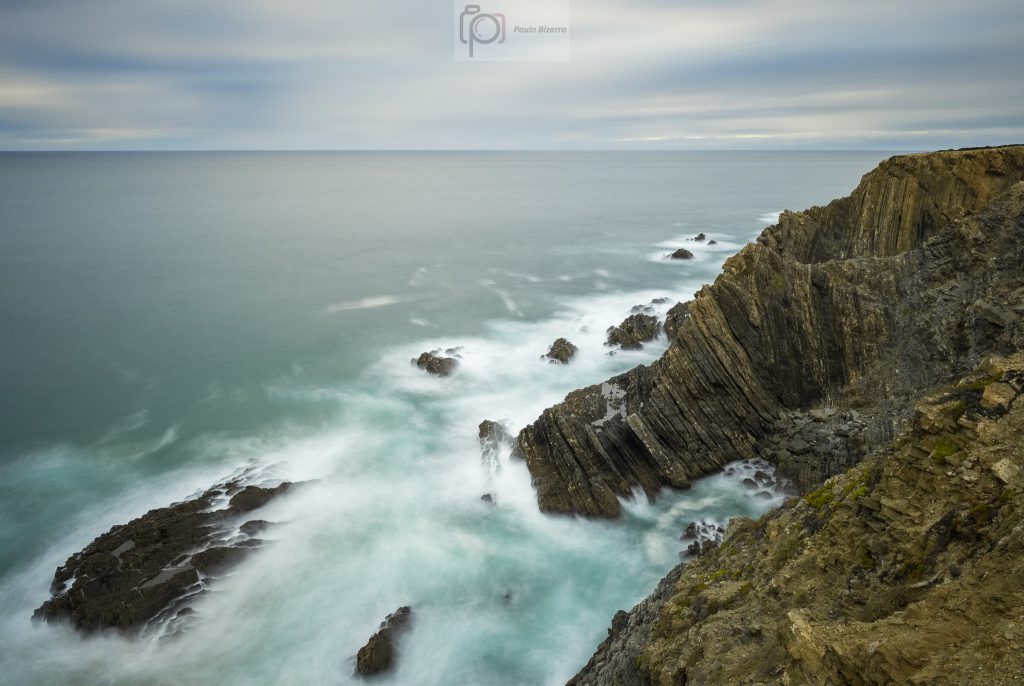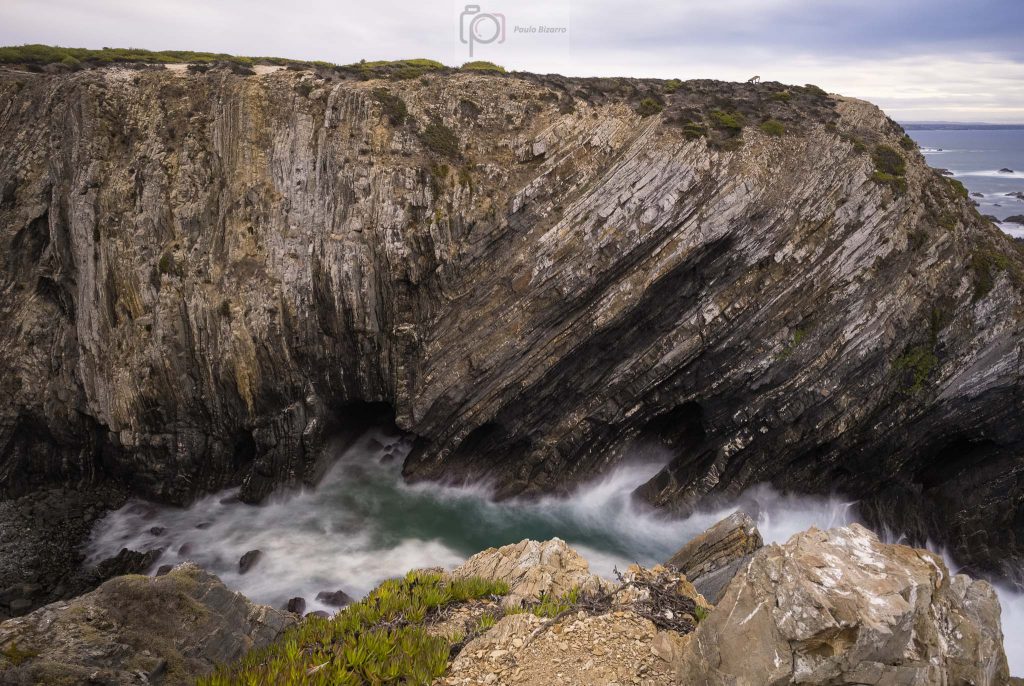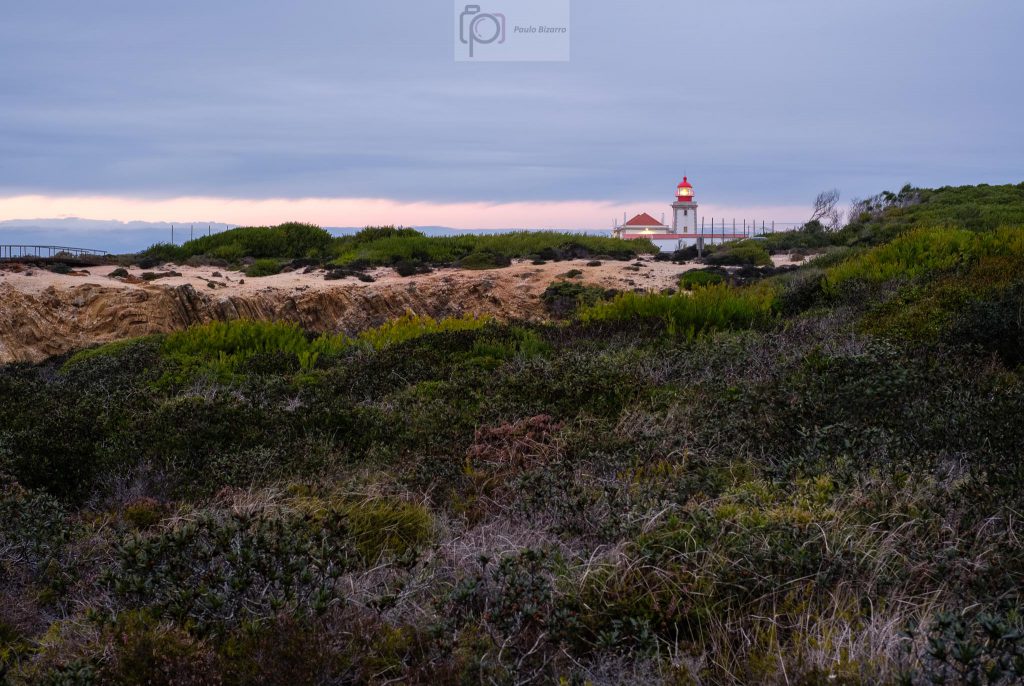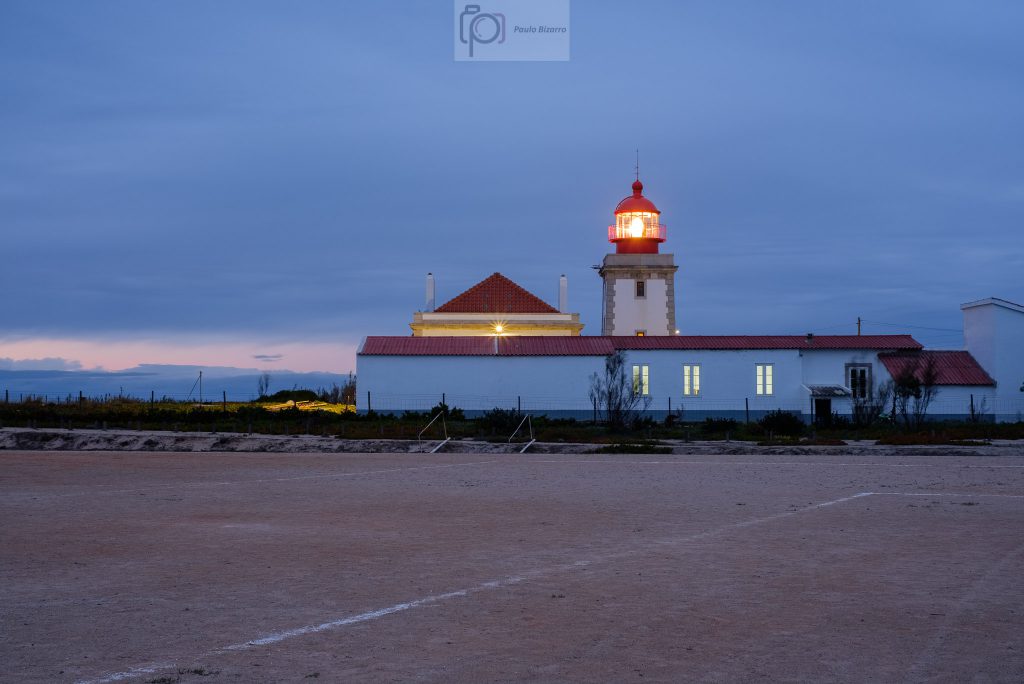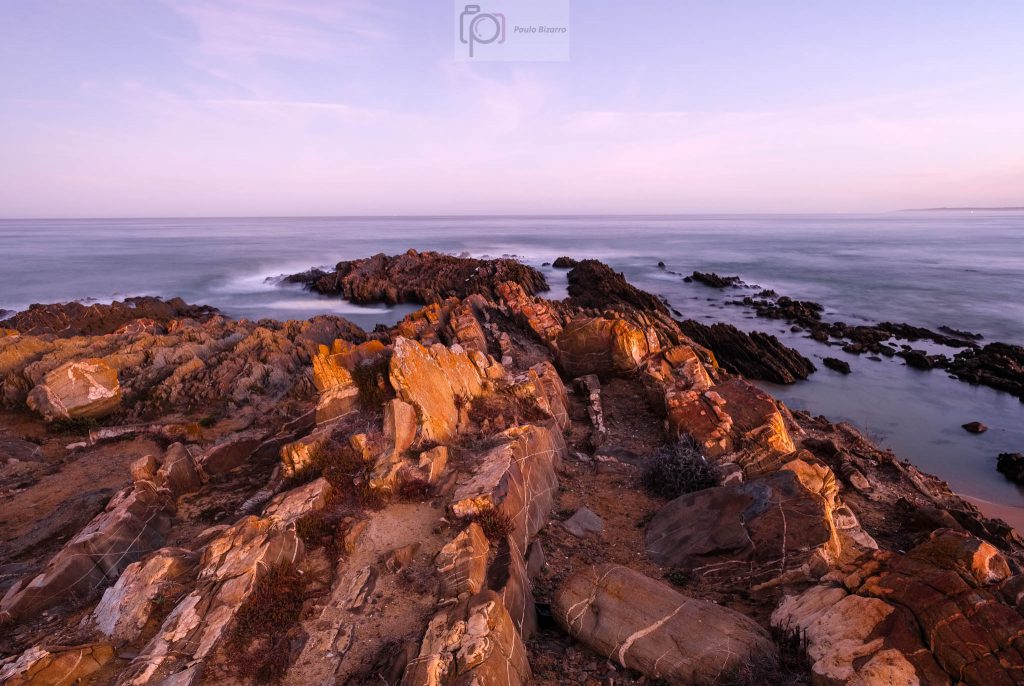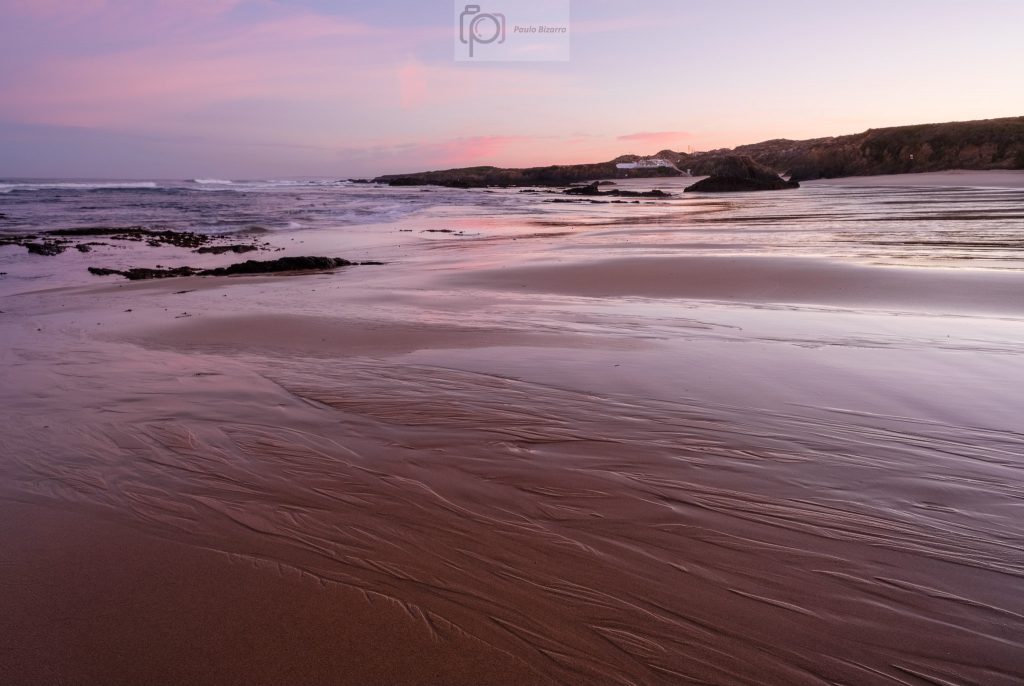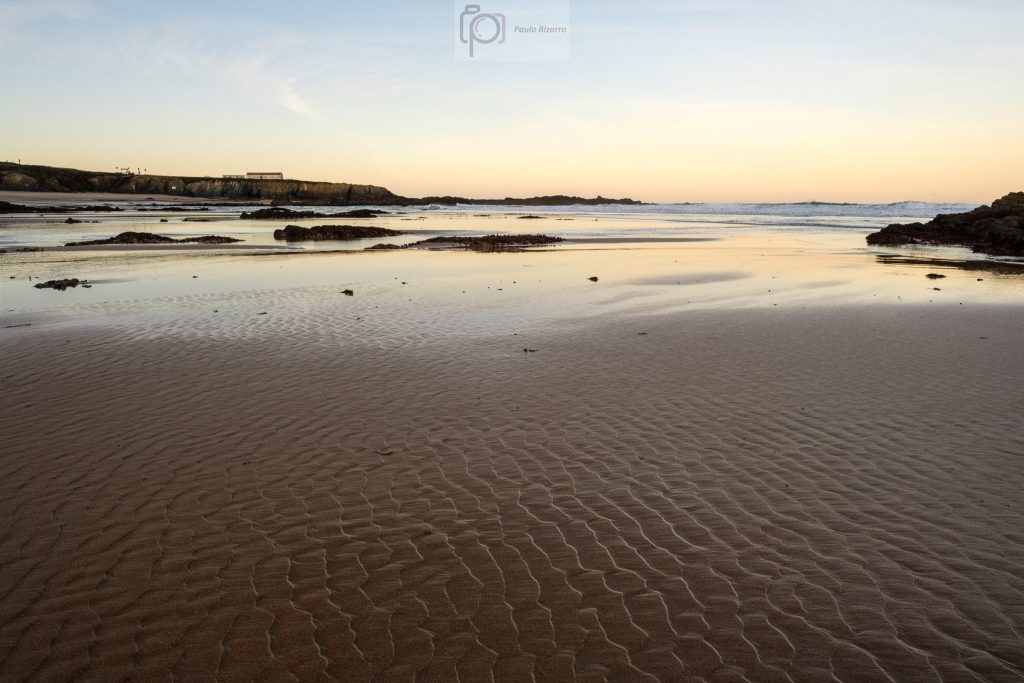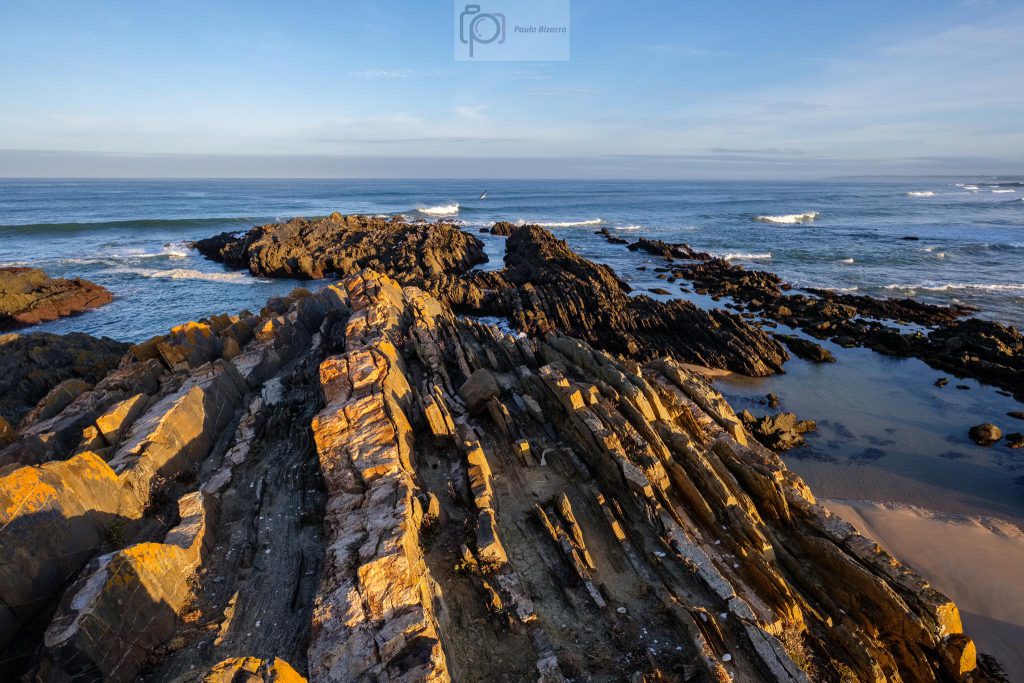The Vicentina coast in southwest Portugal is considered one of the remaining “wild coasts” in Europe. Together with the Alentejo coast to the north, it is part of a Natural Park. I wrote about it before, for example in this previous post from April 2021:
This coastal region is famous, amongst other things, for its beaches (many of them only accessible by footpaths or 4WD vehicles), the majestic tall cliffs dropping into the ocean, and the many species of birds. It is also very popular with surfers, who visit the area all year round. There are several walking paths that belong to the Rota Vicentina network, which are one of the best ways to explore the region. I have recently walked along route 24, a circular trail path the connects the town of Vila do Bispo to the coast and back. Along the way, it is possible to visit some of the most beautiful beaches in the area, like Barriga, Cordoama, and Castelejo. The distance is 15.5 km, which takes around 5 hours to walk at a normal pace.

I normally do not carry much photo gear in these walks, but this time it was different. I knew I was going to need a wide-angle lens, besides my normal standard lens. I also wanted a tripod, for some late afternoon shots. So I packed my Fujinon 14mm and 35mm lenses, plus the Fujifilm X-PRO3 and X-T30 cameras. Still, the whole gear was still pretty light and fitted in my trekking backpack nicely.
The landscape in this coastal area is characterized by a large plateau at around 120 m above sea level. However, this flat terrain is a bit misleading, because there are several creeks that have, through time, cut deep and narrow valleys in the topography. The first few kilometres of the trail cross this plateau, along rural countryside, and where the vegetation is short. The winds are strong here, so the trees do not grow very tall. Pine trees and shrubs are common.

After a while, the path turns westwards, towards the sea, before arriving at Barriga beach. This part of the walk is wonderful, as the coastal plateau abruptly descends to the beach. The vertical cliffs are made of black Paleozoic rocks, in strong contrast with the light colored sand and the deep blue of the ocean water.

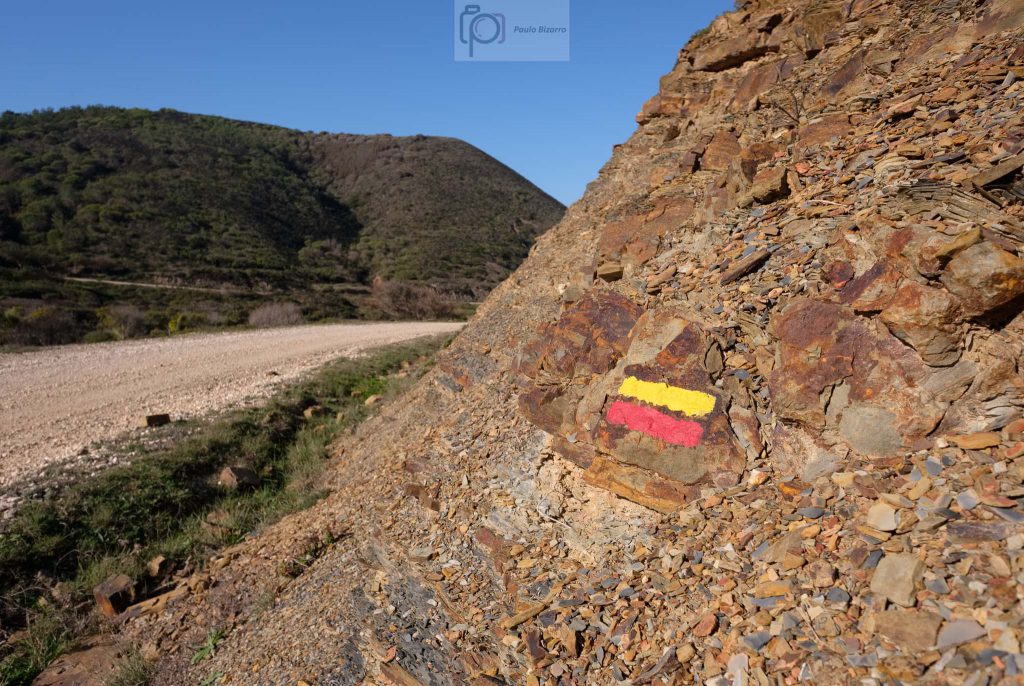
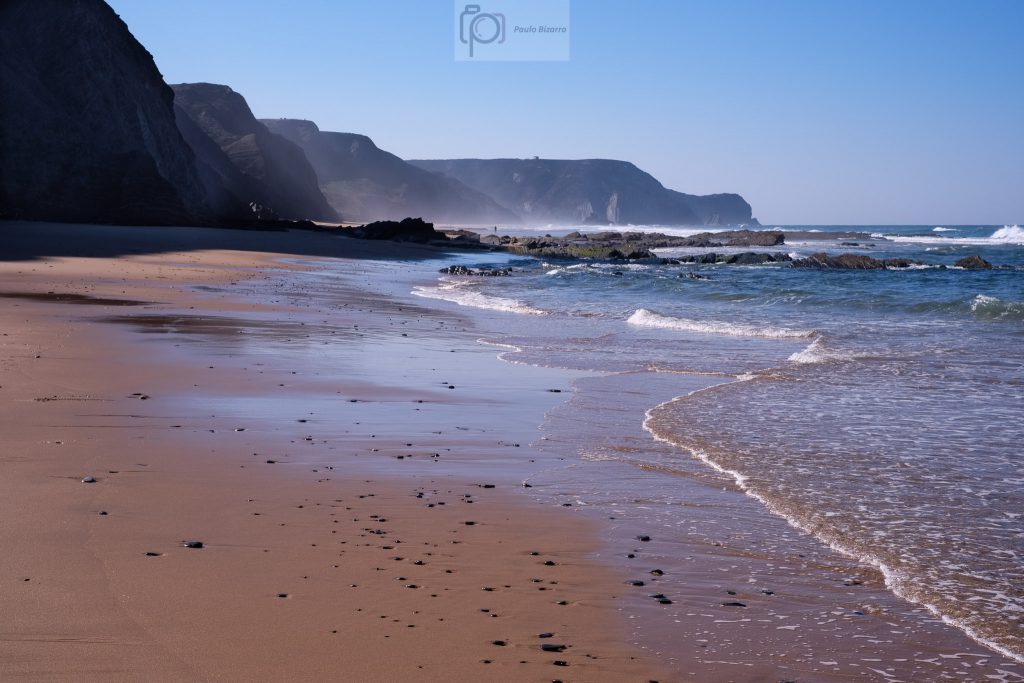
When the tide is low, it is possible to walk from Barriga to Cordoama, as the beaches are connected. But today I wanted to keep to the trail, so after visiting Barriga, I turned back inland. This was the first steep ascent in the walk, going back to the top of the plateau, but the view is wonderful. One of the highlights of this route is when the path reaches the coast again, affording a fantastic view of Cordoama and Castelejo beaches to the south, and the Carrapateira headland to the north.
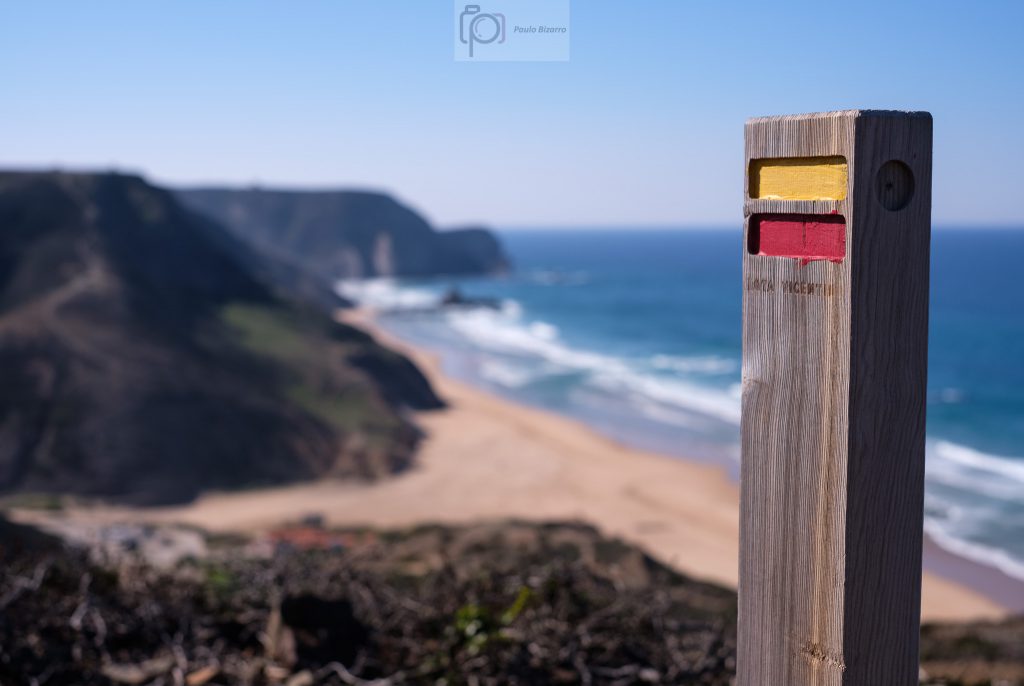
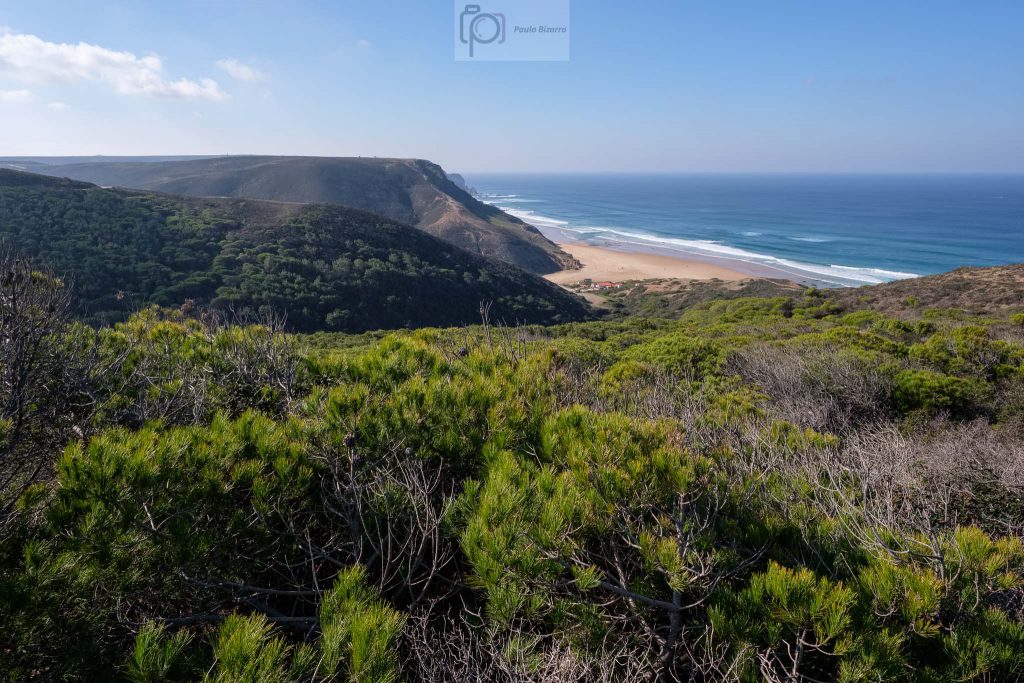


The beach is a good place to rest and have a picnic lunch. A few surfers are around, trying the waves. This is a long stretch of connected beaches, which in the past was only accessible by dirt roads. Today, there are narrow tarmac roads that start in Vila do Bispo and come to Cordoama and Castelejo.
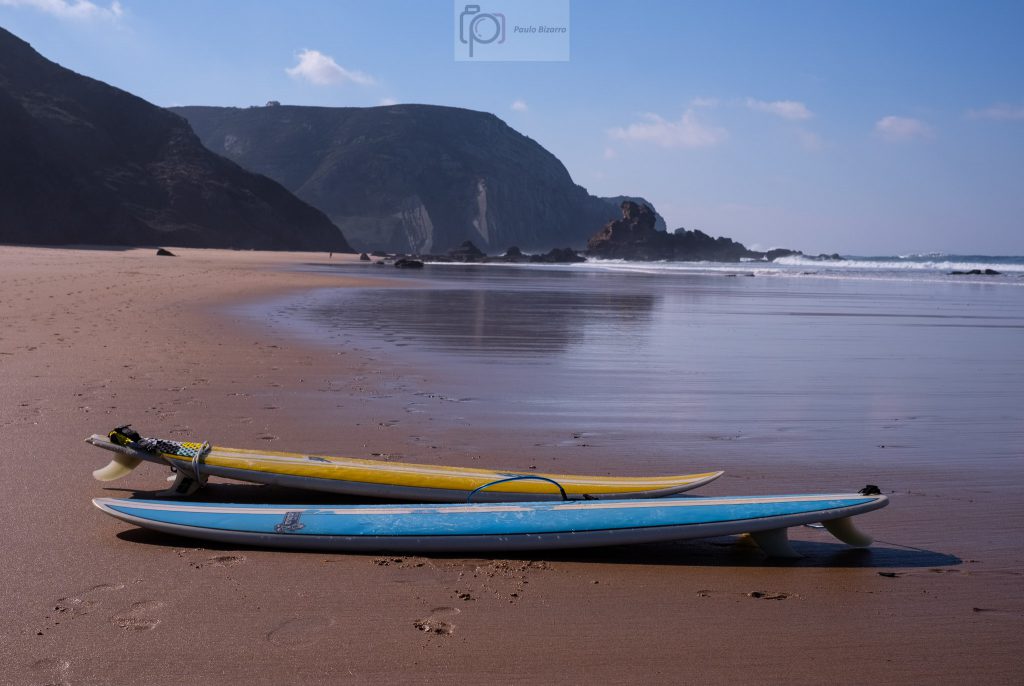
From here, the trail goes up again to the top of the cliff, in a steep ascent. There are some rough parts with loose rocks, so be careful. Once in the top, you will be in the Cordoama viewpoint, where there is a small car park. My plan was to complete the trail and come back at sunset for a few more photos. From this point onwards, the walk is easy, leaving the tarmac road a few hundred meters away, to cross the Castelejo pine forest. This part of the trail is also nice, because this forest is a preserved area, with relevant local fauna and flora species.
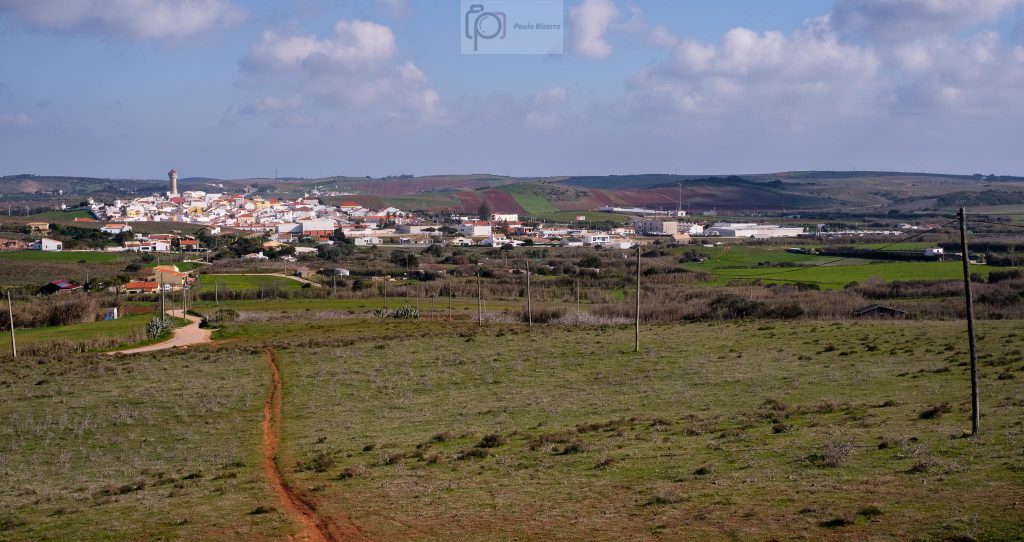
Returning to Vila do Bispo, I rested a few minutes in the nice café near the market. If you are hungry I can recommend a local delicious pie, made with three regional ingredients: carob, figs, and almonds. After this resting stop, I drove to another local landmark, Torre da Aspa, the highest place of the Algarve coast, at 140 m above sea level. You need to drive along a dirt road, which may not be in a very good condition, so after a while I parked and decided to walk. It is an easy walk, so soon I was again looking at the ocean below. There is also a curious abandoned house, which belonged to the coastal police a few years ago. I explored the area for some time, being careful when approaching the edge of the cliffs. In several places, there is a sheer vertical drop into the sea.
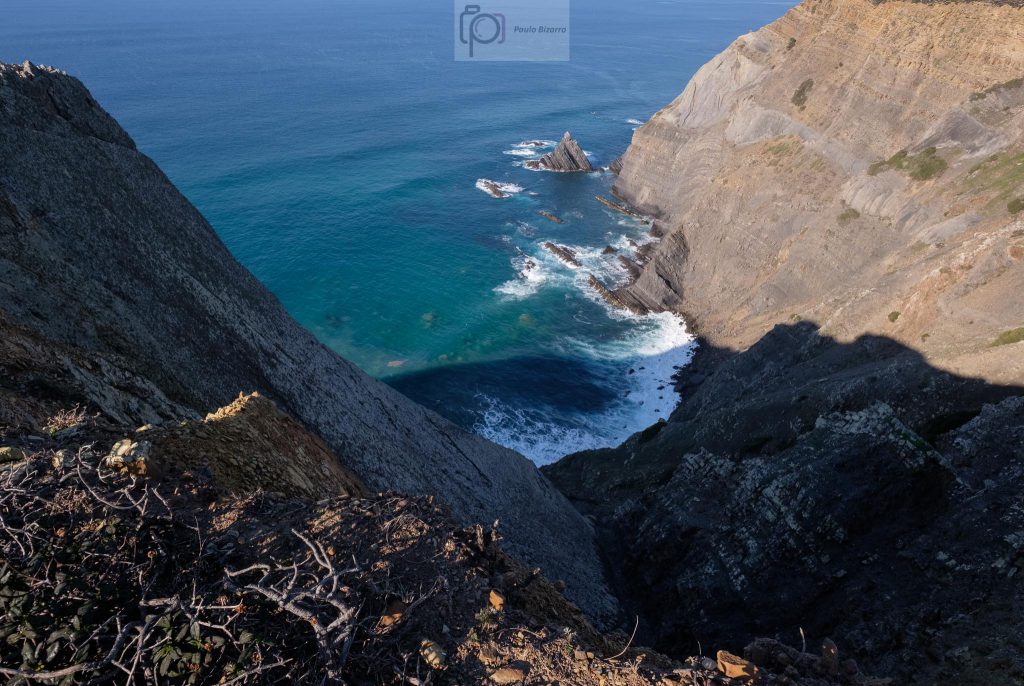
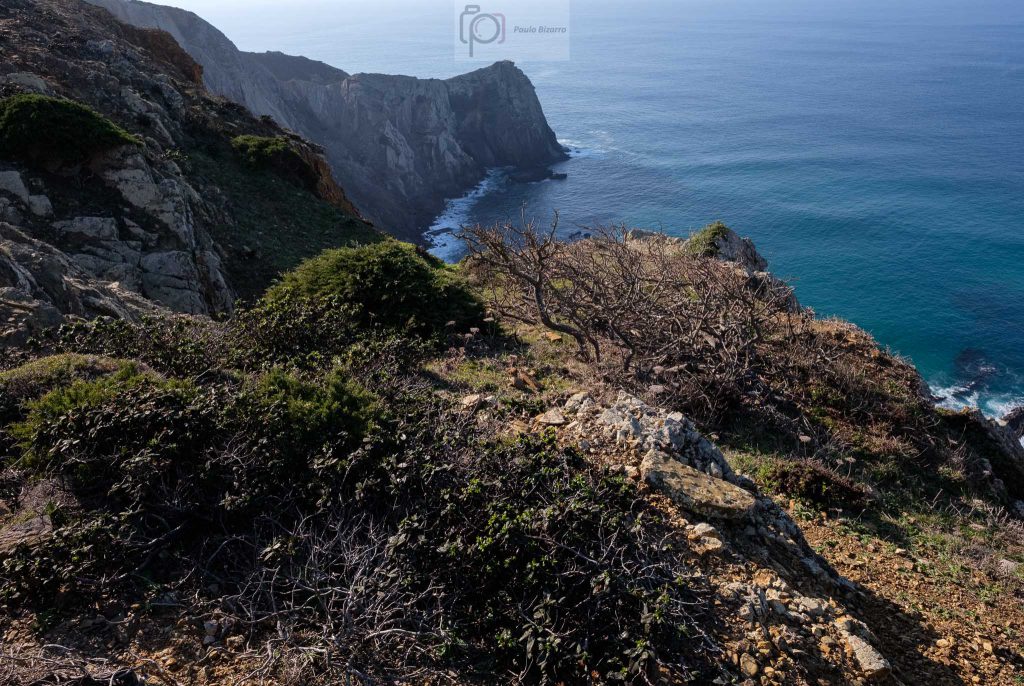
From this location, if you look south, you will see the Sagres headland, with the lighthouse of Cabo São Vicente, and the Sagres fort. From here, facing the endless ocean, Henry the Navigator coordinated the beginning of the Age of Discoveries many centuries ago. Looking north, I saw below the better part of the iconic Vicentina coast. It is a wonderful place to spend some time enjoying the view, and to use your binoculars if you have them. You will even be able to see the Arrifana beach about 30 km to the north. It was funny to realize that I was above the cliffs that I had crossed earlier, during the trail. In fact, it was possible to see the entire area that I had walked earlier.

I still wanted to catch the sunset at the Cordoama viewpoint, so I returned to the car and drove back there. During the last couple of hours, a few clouds had appeared, which added interest to the sky in the photos. At the end of the day, I was happy to have visited this region again, and for sure I will be back to walk a few more trail routes.
